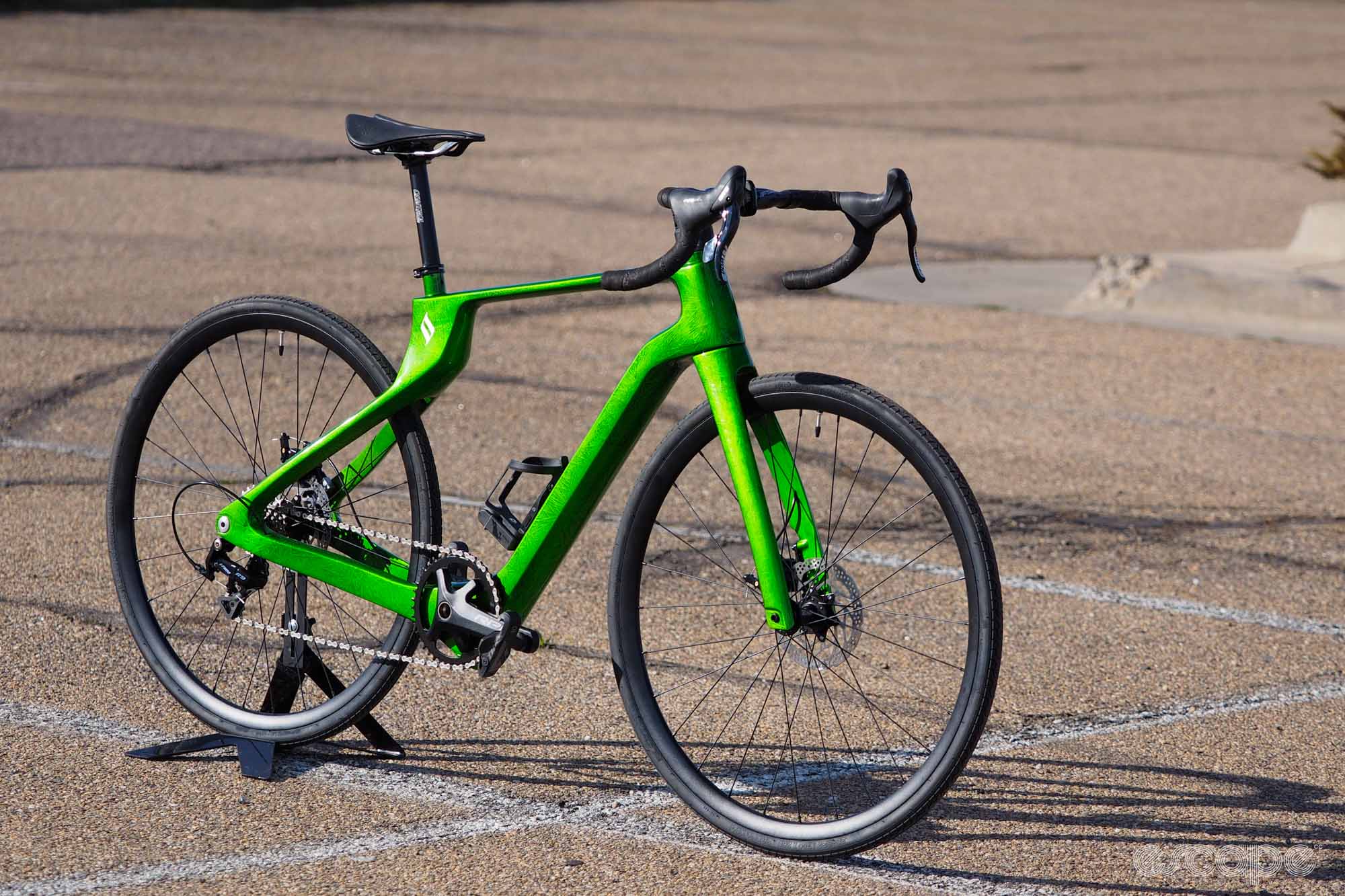Composites additive manufacturing specialist Arevo took the crowdfunding world by storm when it introduced the Superstrata, racking up a record-shattering US$7,173,712 when its campaign on Indiegogo wrapped up in October 2020.
The only problem is that many (most?) of Arevo’s claims never turned into reality, and while the finished product bears a lot of visual resemblance to what was presented in the initial campaign, very little functional resemblance made its way to production. Despite showing so much initial promise, the production Superstrata has proved to be a terrible bike, and a rolling showcase of inexperience and hubris.
In fact, my particular test sample proved to be downright dangerous, and the litany of errors prompts me to suggest that backers who have already received their bikes should take them to a reputable shop for inspection to see if theirs is similarly unsafe.
The lure of the Superstrata
Viewed from an outsider’s perspective, the appeal of the Superstrata was understandable.
Despite a steady stream of continuous improvements, modern high-end road bikes don’t look all that different from afar compared to more pedestrian models – from this decade or the one before it. Even flagship models from boutique brands still strike fairly traditional profiles with their double-diamond frame layouts. From a casual bystander’s perspective, stuff like Kamm-tail tube profiles, fancy carbon fiber lay-up schedules, and next-generation composite materials get lost entirely in the cloud of nuance.
The Superstrata, on the other hand, was overtly futuristic.
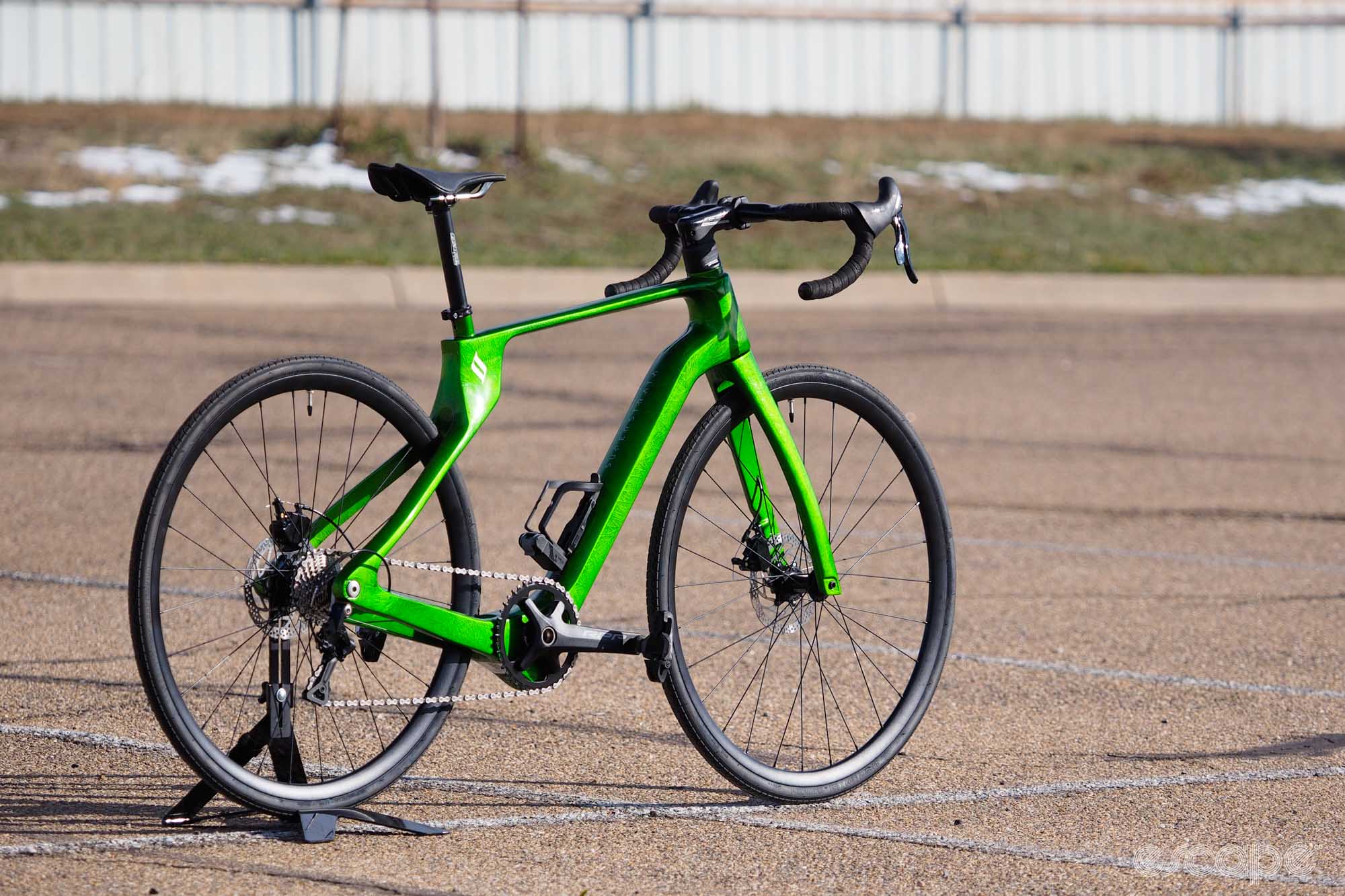
Its bold shape did away with the seat tube completely, and it was all luscious curves and bulges from tip to tail. There were lights integrated directly into the frame. It was going to be manufactured from “industrial carbon fiber” with the latest in 3D printing technology using a battery of robots and lasers. And because each one was built-to-order, Arevo could offer fully custom frame geometry to suit any rider shape or size instead of picking from a short list of T-shirt sizes.
The most aggressive early-bird backer prices would likely have been viewed as fairly premium by less experienced cyclists – US$1,500 for the non-powered Superstrata and US$2,000 for the e-assist version – but probably still came off as a pretty good deal all things considered. Just like how most automobiles are sold these days, Arevo also offered a wide range of optional upgrades for the Superstrata to cater to every buyer’s wants and needs.
There were 10 stock paint schemes, all of which looked pretty sweet on the Superstrata’s expansive carbon fiber canvas. If the stock build kits – featuring well-known brands like Shimano, Selle Italia, and Control Tech – seemed too basic, you could instead pay extra for wireless SRAM setups, along with carbon fiber cockpit components from FSA and Vision. Arevo even suggested pending features like power meters, integrated GPS, built-in anti-theft features, and “expansion bays”.

Arevo also offered for order its own 3D-printed carbon fiber wheels to match, complete with a slick-looking paired-spoke mag-style design so you could step into tomorrow with both feet instead of just one.
Prefer flat bars? No problem. Want to hit some gravel? Just tick the “aggressive tread” box. The world was your oyster.
Those upgrades could tack on as much as US$9,000 on top of the base prices, but hey, this was the future we were talking about, and being on the cutting edge rarely comes cheap.
The projected weights that were tossed about sounded promising, too. Arevo said the Superstrata frame would weigh “less than 1.3 kg (2.9 lb)”. The complete Superstrata C road bike with the base-level build would come in around 7.5 kg (16.5 lb), and the e-bike version a highly impressive 11 kg (24.2 lb) considering the 96 km (60 mile) maximum range. Higher-end models would come in even lighter than that.

The Superstrata looked fast, it sounded fast.
When all was said and done, more than 4,500 backers wanted in on the action, and were willing to wait for their slice of next-gen cycling technology.
And wait …
… and wait …
… and wait.
Overpromise, underdeliver
In fairness to Arevo, few people could have predicted exactly how profoundly the COVID-19 pandemic would upend the world when it launched the Superstrata crowdfunding campaign in July 2020. Most countries were already shut down by then, and while various global systems were already being dramatically disrupted, it wasn’t long before we saw that the bike business – along with just about anything related to outdoor activity – was absolutely on fire.
Arevo already had a bit of experience with 3D-printed bicycles with the Emery urban e-bike, so why not strike while the iron was hot, right?
Unfortunately for Arevo, that proved easier said than done.

The cycling industry may have been on a COVID-fueled tear, but as many people reading this can now painfully attest, access to supply chains wasn’t exactly equal. Component brands ramped up production, but nowhere near enough to meet the surging demand, and in an effort to protect their own interests, bigger bike brands gobbled up everything they could – leaving little for everyone else in the process. Arevo quickly discovered that, as an obscure start-up with essentially no track record in the industry, they were so far down on the list that they may as well not have been on it at all.
Virtually everything Arevo needed to build bikes and fulfill orders proved almost impossible to procure in any appreciable volume, and the company scrambled to reshuffle spec sheets. The name-brand Shimano bits were replaced – with no discount extended to backers – by far more inexpensive components from lesser-known labels like L-Twoo, Prowheel, Sunshine, Gineyea, and TUV, none of which were designed from the outset to pair with each other.
But again, the disruptions caused by the pandemic were unprecedented in the modern era, and perhaps the fact Arevo was able to build complete bikes at all deserves some credit.
However, the missteps that should have been well under its own control are harder to explain away.

For example, those high-tech 3D-printed carbon fiber wheels that a bunch of people paid for never came to be (and again, backers who paid for those have yet to be refunded). And that 1.3 kg (2.9 lb) claimed frame weight? Well, that turned out to be more like 3.145 kg (6.93 lb) for my roughly medium-sized test sample.
And as for the whole-bike weight, the disparity between what was promised and what was delivered was even more dramatic. Instead of 7.5 kg (16.5 lb), my complete bike came in at a whopping 11.67 kg (25.73 lb) – without pedals or accessories.
But hey, it still looked interesting, and I now had an actual bike to try, right? Maybe the riding experience would make up for the numerical shortcomings?
Alas, no.
Bad on paper, worse in reality
Let’s get some good stuff out of the way first. After all, Arevo may have committed a long list of errors with the Superstrata, but there are some bright spots worth mentioning.
Interestingly enough, Arevo never asked for any measurements before telling me there was a test bike for me. Basically, the company just guessed. But as it turns out, someone at Arevo’s pretty good at estimating the proportions of a woefully average middle-aged Asian dude, and my Superstrata fit surprisingly well. I didn’t even have to change the stem length, which is a good thing considering the lines were routed internally and doing so would have taken me hours.
Out on the road, I had no issues settling into a comfortable position. Truth be told, and at least in that respect, the Superstrata felt like home.
Handling was more of a mixed bag, particularly with the steering characteristics. I never got a geometry chart from Arevo, but the Superstrata is conspicuously twitchy up front, with a trail dimension that feels like it’s in the upper 50s/lower 60s – far more nervous and reactive than I would have guessed for something that would inevitably end up in the hands of more casual riders.
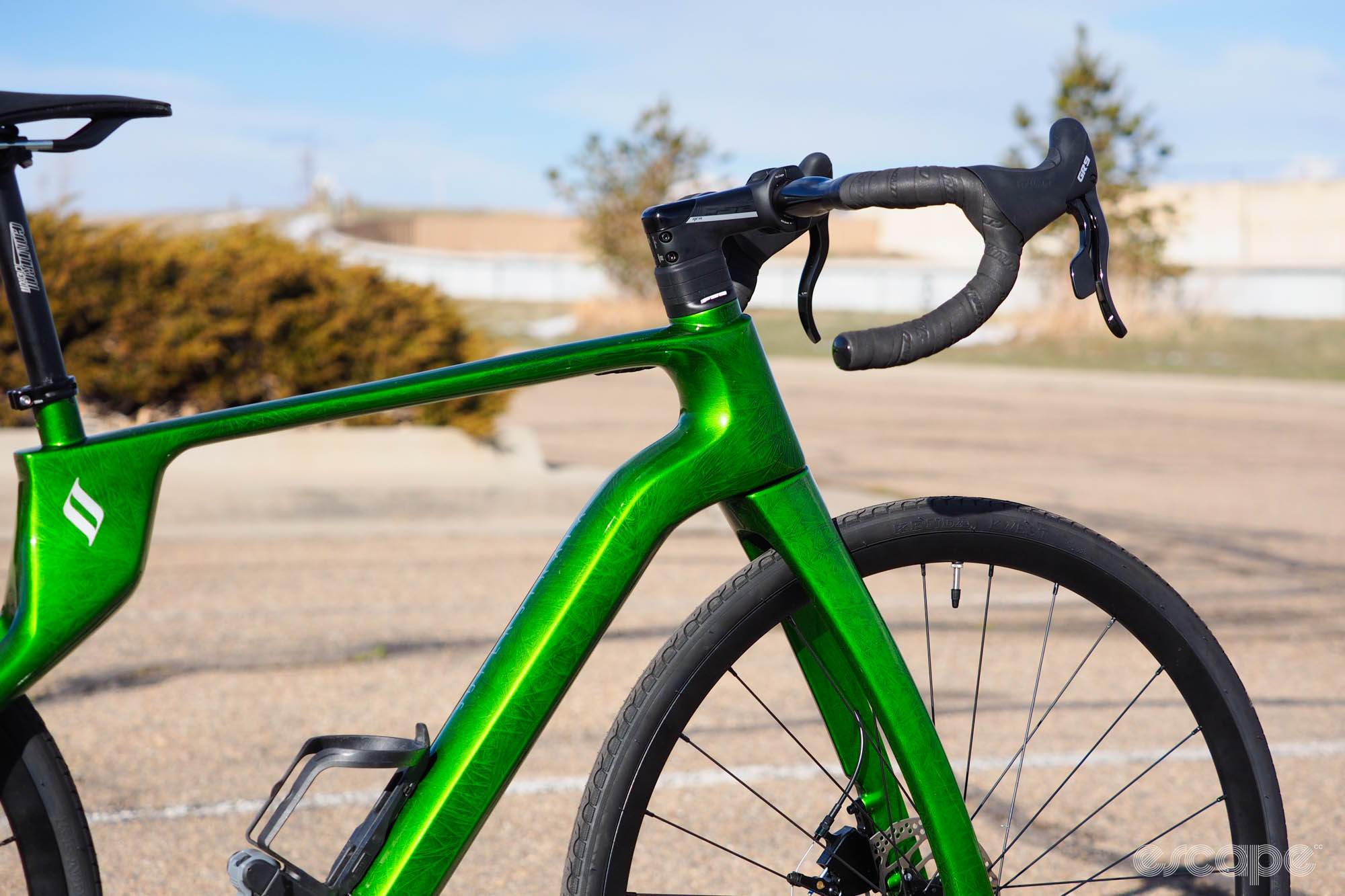
The frame’s overblown proportions make for a supremely stiff chassis. Despite missing such a critical part of the frame, the Superstrata felt incredibly solid under power without a hint of sway at the bottom bracket or wiggling up front. There may be a lot of weight to lug around, but at least you don’t get the sensation you’re doing nothing more than twisting the frame when you mash on the pedals.
Interestingly enough, I found the Superstrata to maintain moderate speeds reasonably well, too. It’s not due to aero efficiency – this thing is most certainly not aero – but seemingly mass. It may take some effort to get the Superstrata going, but there’s an awful lot of momentum keeping that object in motion once it does. Provided the route wasn’t too hilly, I have to admit the Superstrata wasn’t all that bad to cruise around on. And truth be told, if I removed myself from decades of preconceived notions, a younger and more naive me would think the Superstrata looked pretty neat, too – or, at the very least, different in a good way.
There are also some positives on the component front despite the disappointing substitutions.
I’ve wanted to try out L-Twoo’s bargain-priced shifters and derailleurs for some time now, and I’m happy to say I was quite pleased overall. The lever design is clearly a copy of Campagnolo’s current-generation Ergopower controls, as is the shifter actuation method. The aluminum brake lever blade sports a familiar curve, and the bodies a similarly tapered shape. Even the way the peak of the bodies curve slightly inward is a straight-up facsimile of Campagnolo.

I’ve been a long-time user of Campagnolo groupsets, but even I’ll admit that L-Twoo has done Vicenza one better in one aspect. Whereas actual Campagnolo levers require you to arch your thumb rearward to tap the upshift paddle while on the hoods, the L-Twoo lever is situated further forward, and is a much more natural reach with no adjustment of your grip required. Upshifting from the drops was essentially impossible as a result, but given how infrequently most people put their hands there these days, anyway, that’s a small price to pay.
The shift performance itself wasn’t bad, either, although it’s worth pointing out that this was a 1x drivetrain, and shortcomings are generally more evident up front. That said, rear shifts were reliable and consistent, with up to two downshifts and one upshift available per lever push. Swapping the Sunshine cassette to a Shimano one would likely have done wonders for shift smoothness, but unless you were already familiar with how good it could be, my suspicion is most people would find this stuff to be just fine.

Nevertheless, these parts aren’t what Arevo promised, and the list of bad stuff is much longer.
Although my sample fit me pretty well, some backers haven’t been so fortunate. Digging into various forums and chat boards reveal a number of customer bikes that were grossly mis-sized, to the point they wouldn’t even consider the bikes to be rideable.
That frame stiffness and efficiency also translate to an incredibly unyielding ride quality. It’s akin to sitting on a block of concrete, with absolutely no give whatsoever, let alone liveliness as the thick-walled thermoplastic construction is the epitome of “dead”. On anything outside of smooth tarmac, the Superstrata was brutally punishing to ride.
The wheels and tires certainly didn’t help in that area, either.
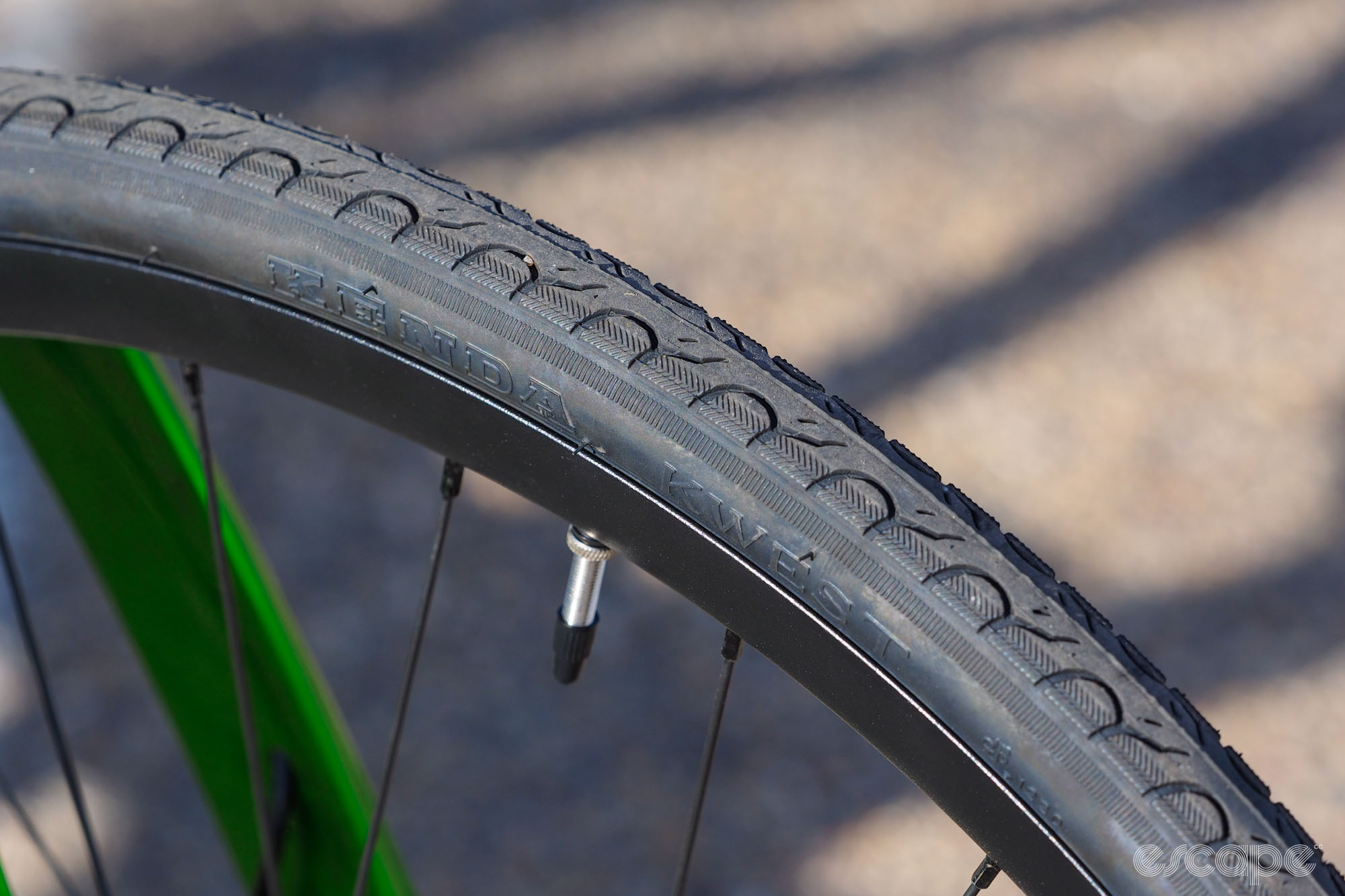
There are signs that someone may have actually known what they were doing. The Kenda Kwest tires are usefully wide at 32 mm across (actual width; printed size is 28 mm), and the 21 mm internal rim width is similarly progressive. However, the stiff tire casings are akin to garden hoses, and the rubber seems outrageously hard with only middling grip. And while the sturdy casings seem like they’ll be more resistant to pinch-flatting than something more supple, the 22 TPI nylon construction will be woefully prone to punctures.
Similarly, the wheels are extremely heavy at nearly 2,100 g for the set. Those Control Tech hubs aren’t too weighty, either, and although Arevo uses thick 14-gauge spokes and brass nipples, there are only 28 of them per wheel, meaning the bulk of the extra weight is situated at the rims where it’s most noticeable. Making matters worse? Each of those tires weighs nearly 600 g.
And while the rims are wide, they’re also non-tubeless and curiously drilled for Schrader valves (Arevo uses plastic spacers to suit the stock Presta valve stems).
The gearing range is also far too narrow, with an 11-28T cassette matched to a 42T chainring. It’s OK on flatter terrain, but considering the bike’s overall heft, it isn’t nearly enough when the road heads even somewhat uphill.
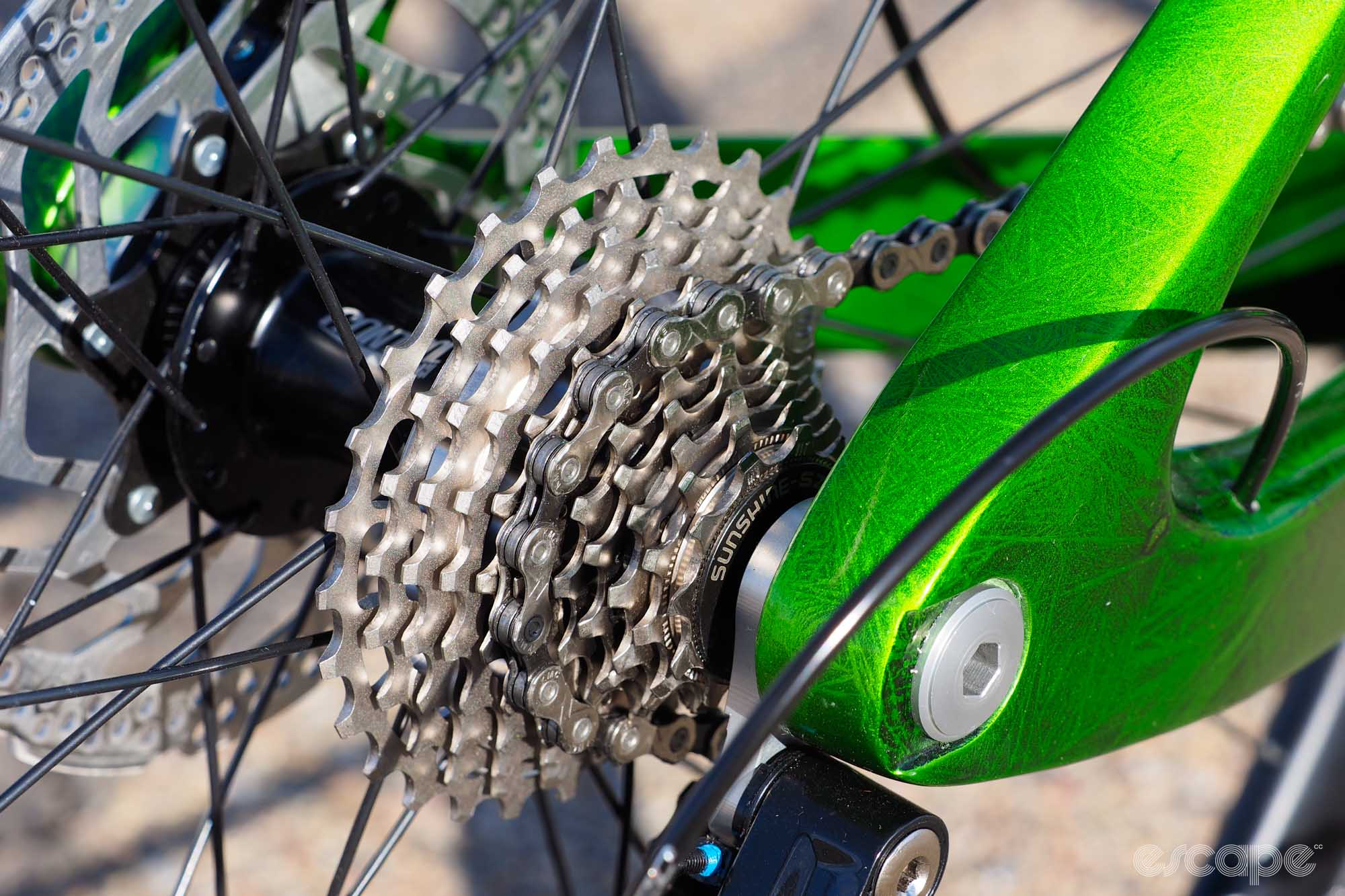
Things get really ugly when it comes to the brakes.
I actually don’t mind the idea of hybrid mechanical-to-hydraulic calipers when they’re done well, as has already been demonstrated by the likes of TRP and Yokozuna/Juin Tech. However, the Pro/TUV calipers on the Superstrata offer nothing beyond what you can get from a good rim-brake caliper. They’re enormous and heavy, and yet the pads are tiny with middling bite and tricky modulation. Adding to the excessive avoirdupois are the entry-level Shimano rotors with their tangibly weighty steel bodies and steel lockrings.
Lever feel was surprisingly decent, though, with a positive contact point and low-friction operation. However, the way Arevo achieves this set off all sorts of alarm bells, and it’s something I only discovered once I’d torn the bike down to weigh the frame.
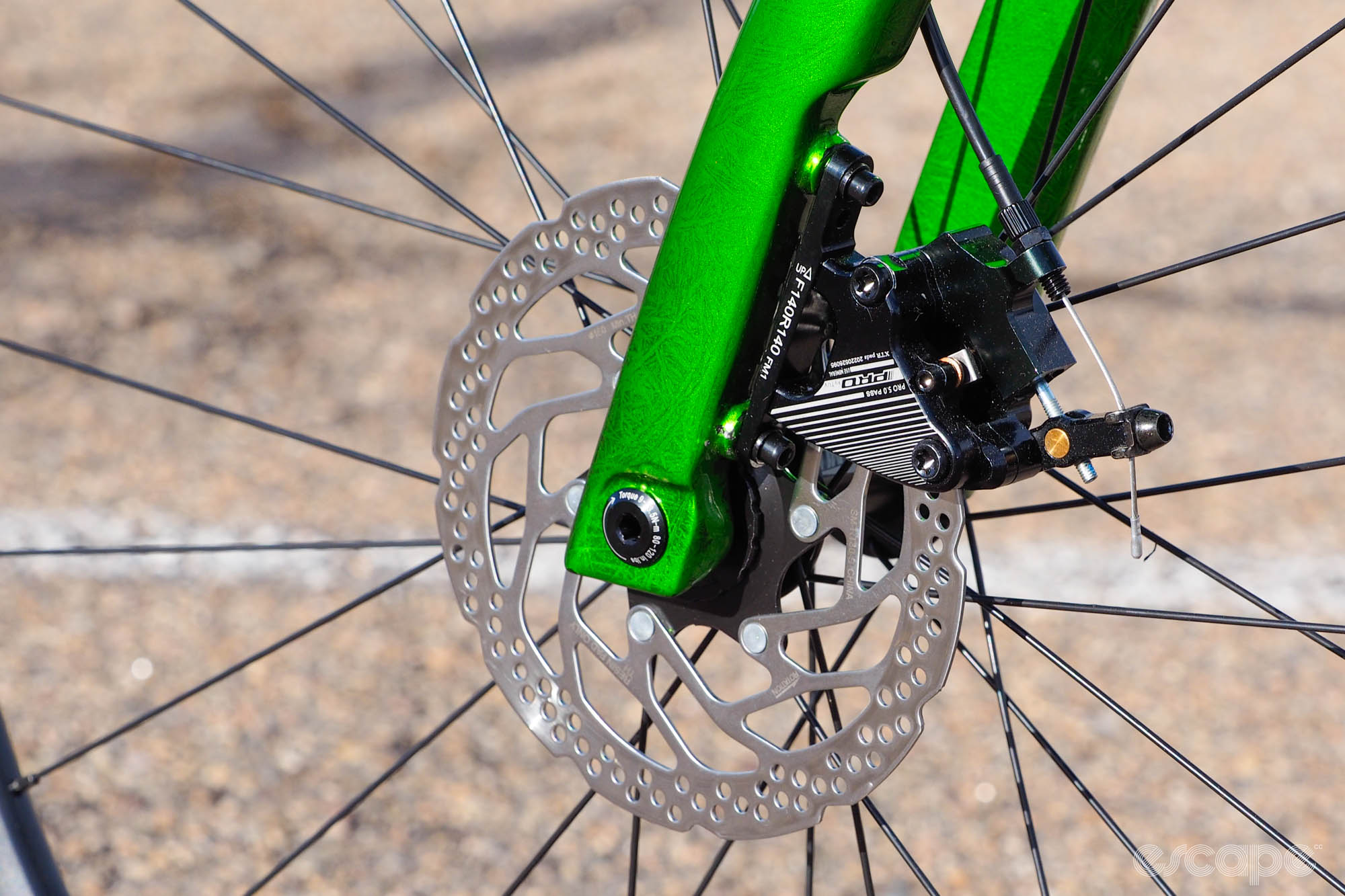
My Superstrata brakes were hooked up with derailleur housing, and while that stuff is more resistant to shortening when tension is applied to the inner cable (hence the more positive lever feel and more precise movement), its longitudinal steel strands are more susceptible to bursting under high loads. Even worse, Arevo also used derailleur inner wires, which aren’t meant to handle the sort of tension often seen under hard braking.
The smaller head on the derailleur cables should have been an obvious indicator that they weren’t the right part for the job, but that didn’t stop whoever put this bike together. Someone actually modified a pair of Shimano hydraulic brake hose barbs to act as washers to prevent the undersized heads from (immediately) pulling through the brake lever cable seats under load. I can’t stress how outrageously irresponsible, dangerous, and reckless this is (someone with more legal experience can perhaps chime in on whether this qualifies as negligence).
I haven’t yet received any confirmation that any backer bikes were delivered like this, but I know that at least one other media sample was provided as such. And thus far, my attempts at communicating my concerns to Arevo have gone unanswered. If there’s any question at all, Arevo should issue a global stop-ride and recall immediately. If any other Superstrata bikes were built like this, someone is likely to get seriously hurt – or worse.
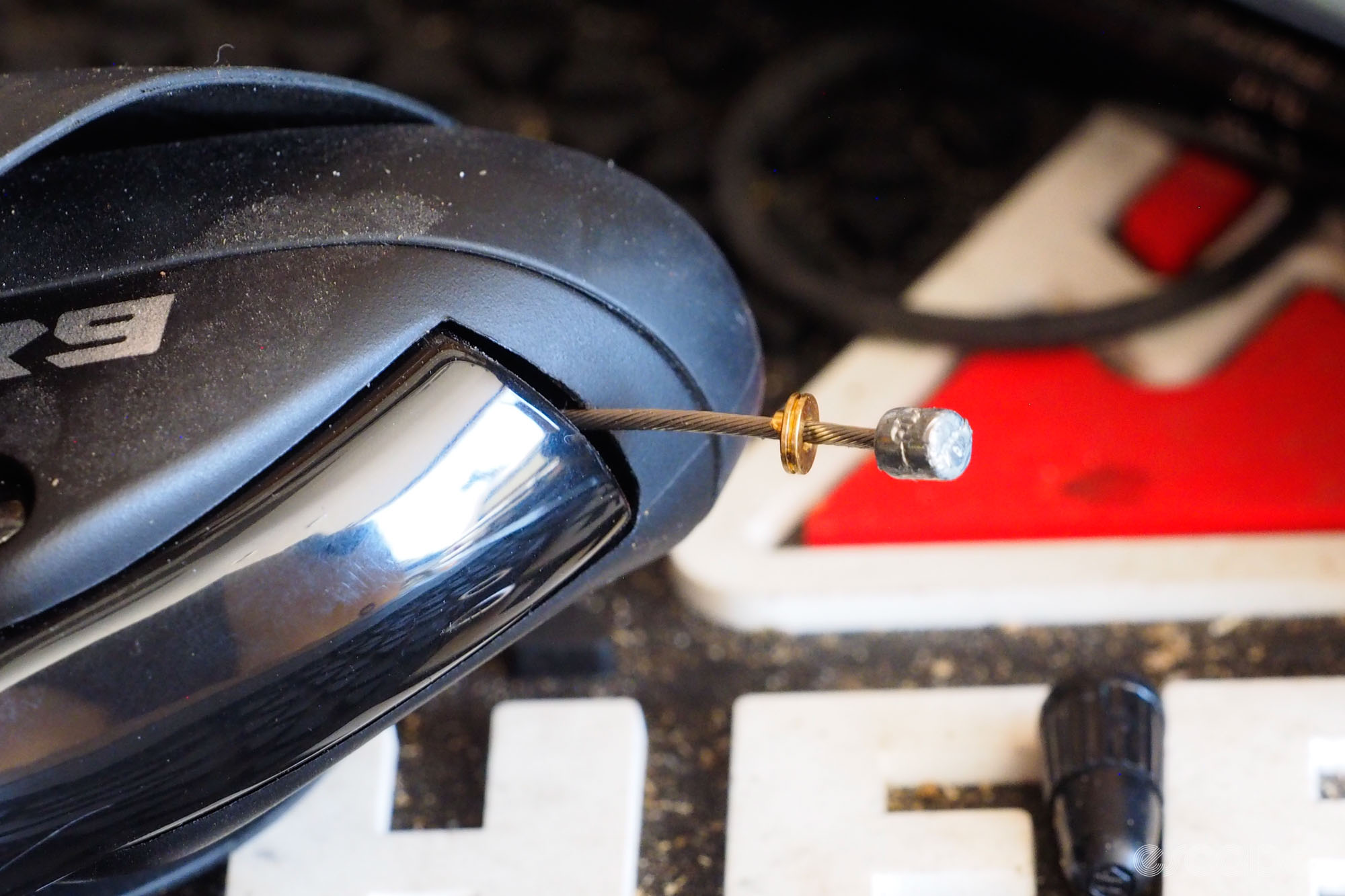
I reassembled the bike with proper stuff, and as expected, lever feel degraded as a result. But more importantly, my test period with the Superstrata was over after discovering the inappropriate cable and housing. Given such an egregious error, what else had Superstrata gotten wrong? What shortcuts were taken with the frame and/or fork manufacturing? There may be an ISO sticker on the down tube, but was every frame and fork tested? That seems unlikely.
Scouring the array of user groups on Facebook and Reddit revealed all sorts of unbelievable quality issues, too. Sloppy part fitments. Huge ports recklessly milled into aluminum handlebars for internal wire and cable routing. Bolts literally falling out while riding. Company communications directing customers to drill holes in their rear brake mounts to keep them from separating from the bike while riding. Even shipping charges ended up being hundreds of dollars more than was anticipated – sometimes even more than a thousand dollars.
And on and on.
Run far, far away
This review is by no means meant to be a blanket missive on the pitfalls of crowdfunding in the cycling world. While there have been plenty of duds, there have also been some notable wins, such as from Tailfin, Fix-It Sticks, Digit, and Daysaver. However, most of those have comprised smaller and less complicated projects, and Digit was a bike project headed by a highly seasoned industry veteran with a long and successful history of designing other bikes.
In contrast, Arevo knew very little about bicycles when it embarked on the Superstrata project. Then-Arevo CEO Sonny Vu (he’s since left Arevo) openly admitted in an interview last year that the company was merely looking for a consumer product to use as a “demonstration” of its 3D-printing technology. A bicycle seemed to be a simple thing to make that would offer good mainstream visibility (other notable products from Arevo since Superstrata include an electric scooter and a lounge chair).
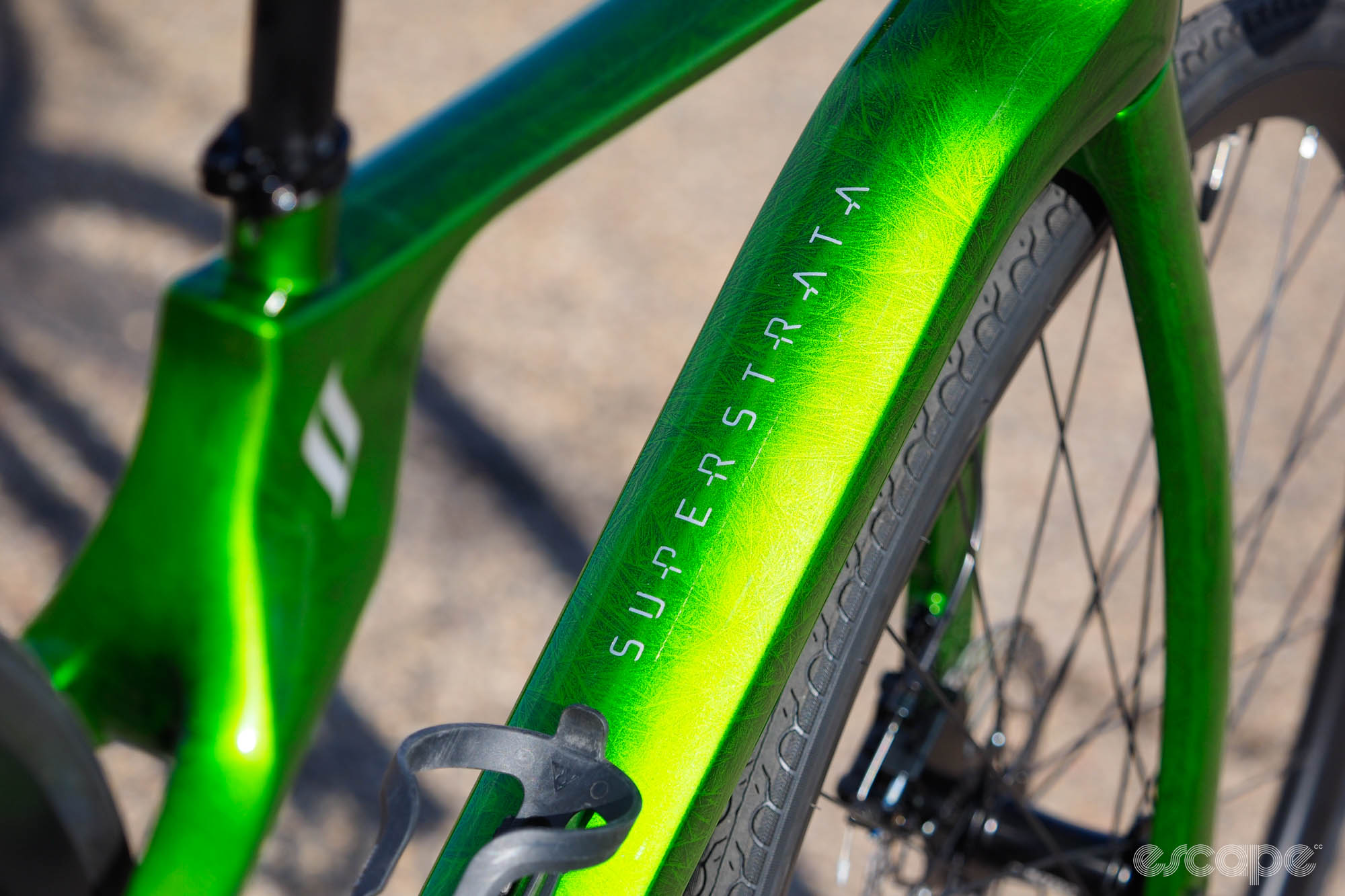
As most dyed-in-the-wool cycling industry folks will attest – and as Vu also admitted – bikes aren’t so simple after all, and so the Superstrata ended up as the embodiment of countless newcomer mistakes.
Yet the fact the Superstrata ended up so far off its original mark also makes me question Arevo’s supposed core competencies.
How did the frame end up more than twice as heavy as originally thought? Did Arevo have no concept of the forces and stresses the frame would see? And if its 3D-printing technology is so good, why are there metal inserts at the head tube, seatpost, and bottom bracket when the Superstrata was supposed to be nothing but “industrial carbon fiber”? After all, countless bike brands have no issues doing this with traditional carbon fiber composite technologies, so why couldn’t Arevo pull it off, especially with such a ridiculous excess of mass?
Dissecting Arevo’s own promo video for the Superstrata makes me wonder if the company even believed its own words. Most of the riding footage doesn’t even show a Superstrata at all, but rather that Emery urban e-bike the company tried – and failed – to get off the ground in 2019 (apparently there are still some prototypes kicking around). And the video clip of a frame being printed? That’s an old Emery, too (and likely old footage). Did they think people were that gullible (apparently so), or were they just that overly confident the Superstrata would be so easy?
If you’re a backer who’s already received your Superstrata, I implore you to have it carefully inspected to ensure it’s actually safe to ride. And if you’re a backer who’s still waiting – almost three years later – for your Superstrata, I’m afraid Santa is headed to your house with little more than a bicycle-shaped lump of coal.
This thing is a train wreck. And Arevo, you should be ashamed of yourselves.
More (misleading) information can be found at www.superstrata.bike.
Want to see more unfiltered reviews like this presented without a blinding array of banner ads and page takeovers? Then please consider becoming a member of the Escape Collective because our content is funded directly by you. If you’re already a member, thank you, and please spread the word so we can produce more of the tech reviews, features, opinions, and news that you enjoy.
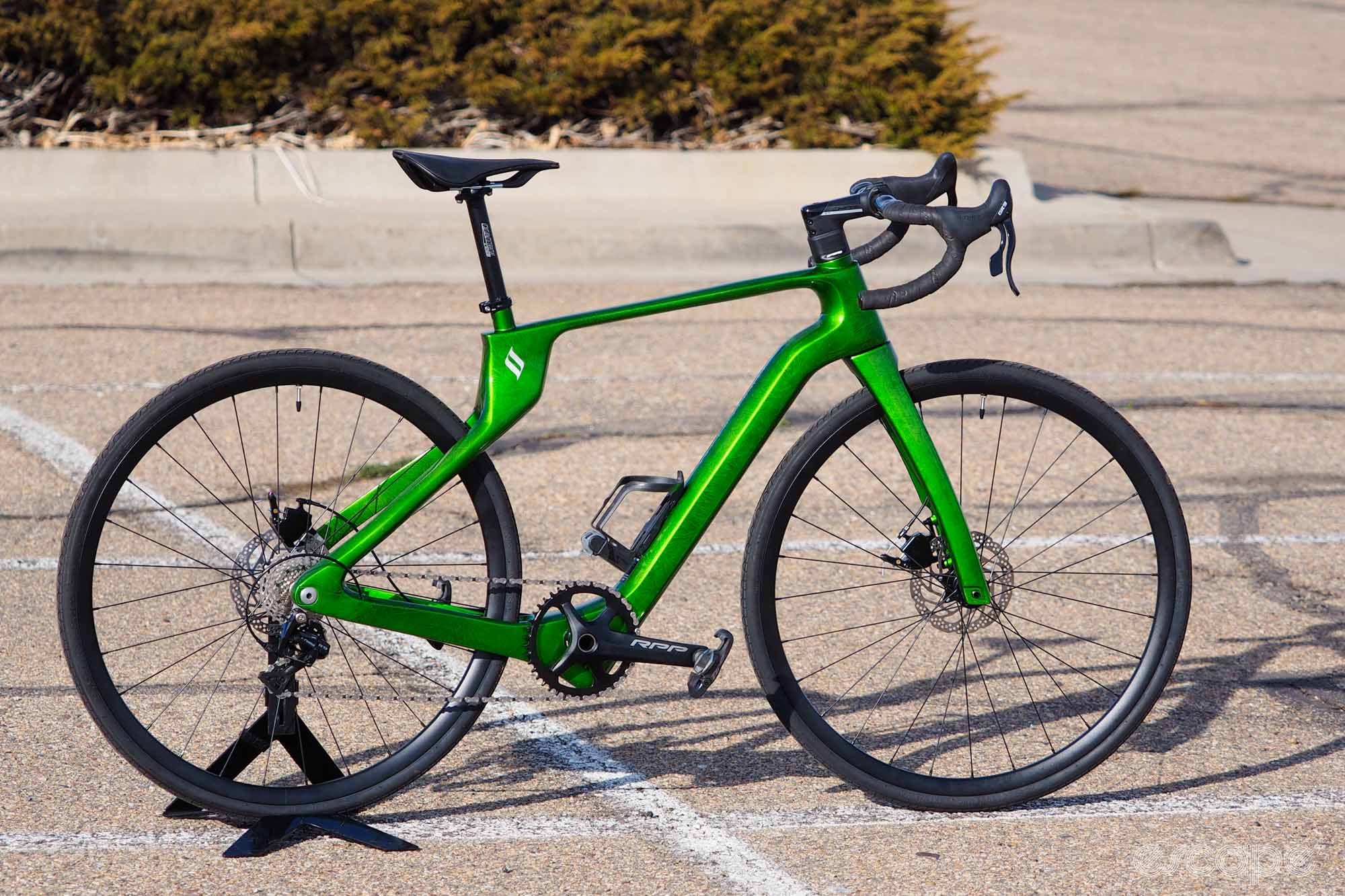
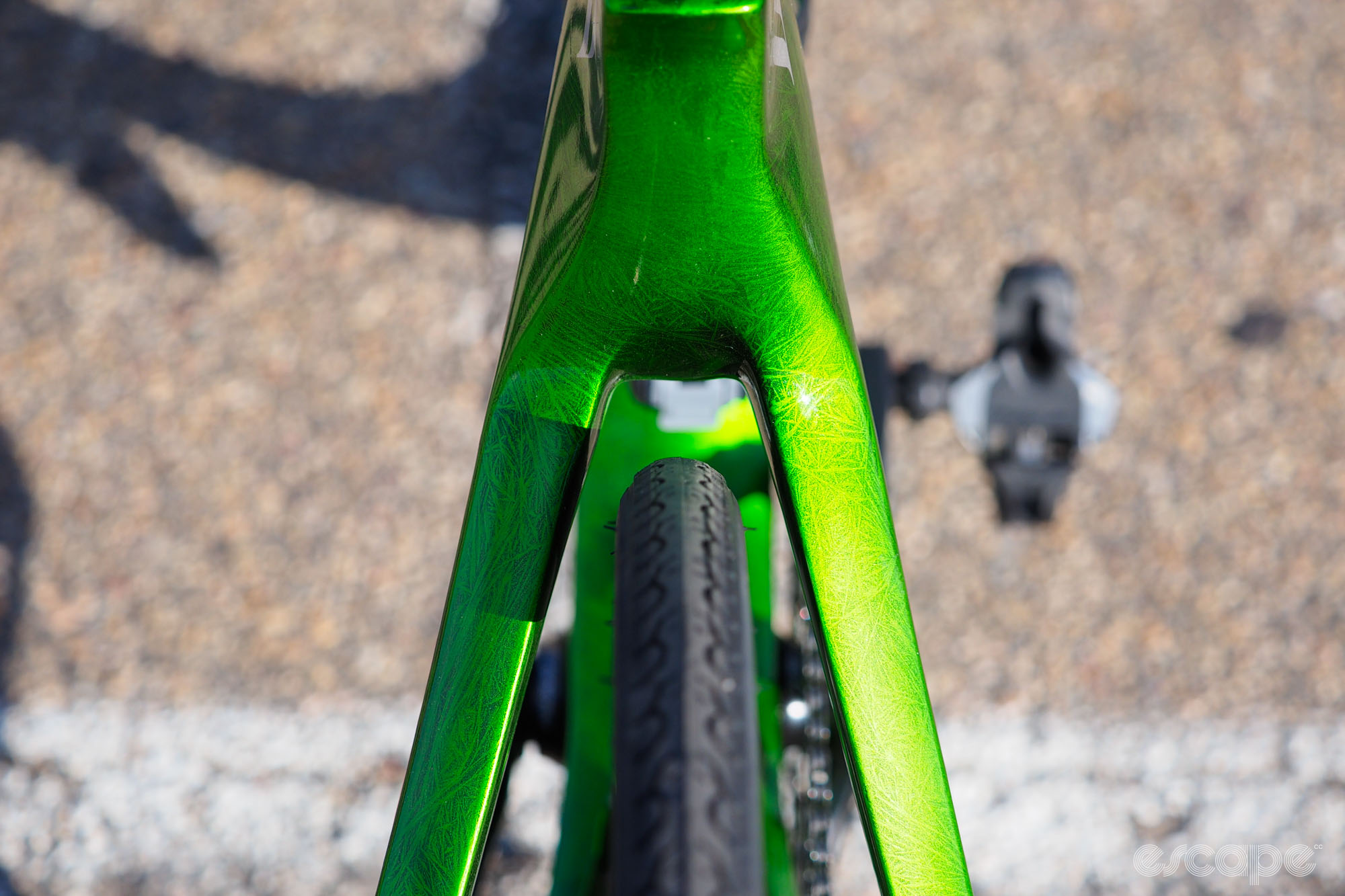
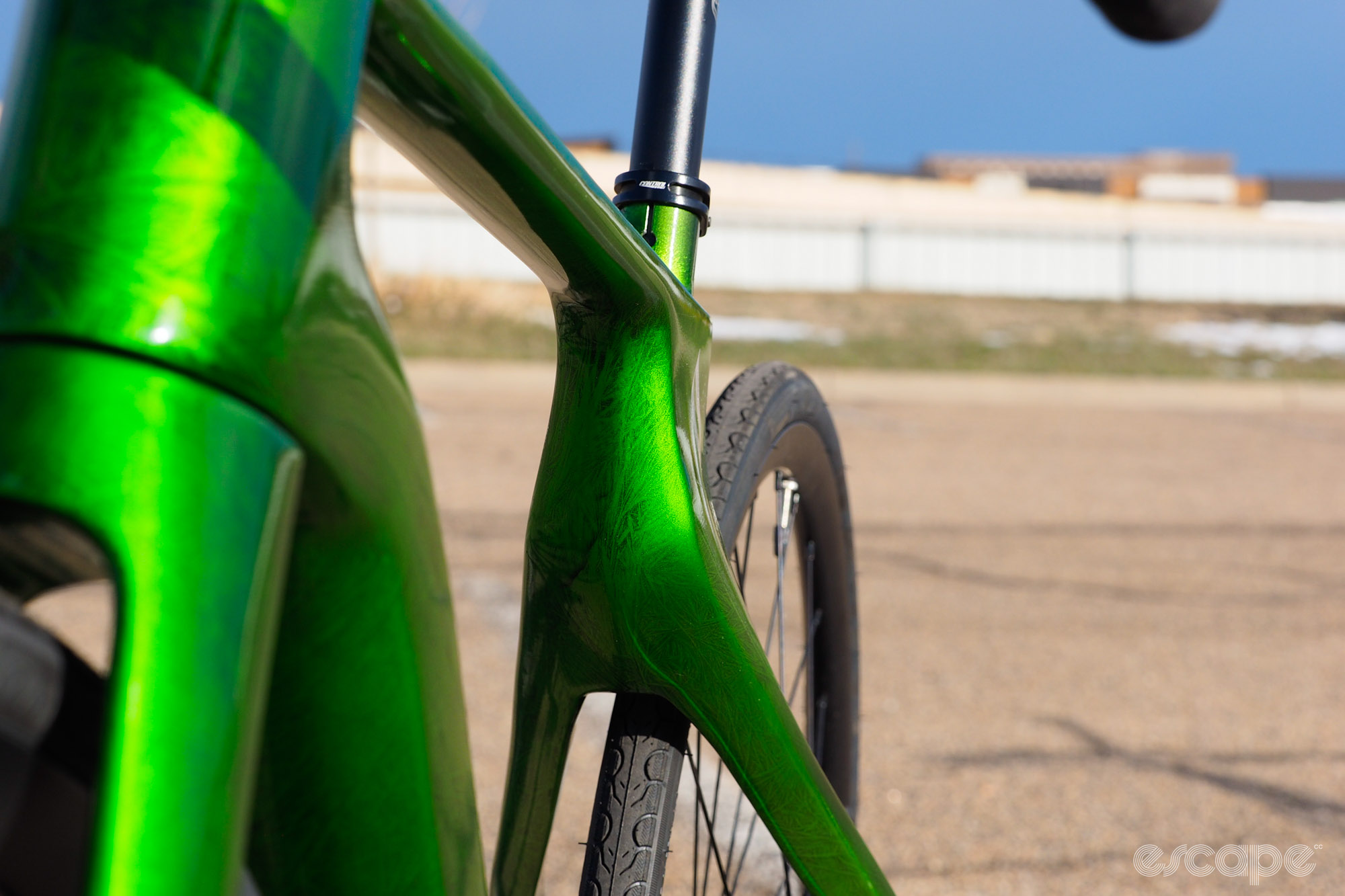

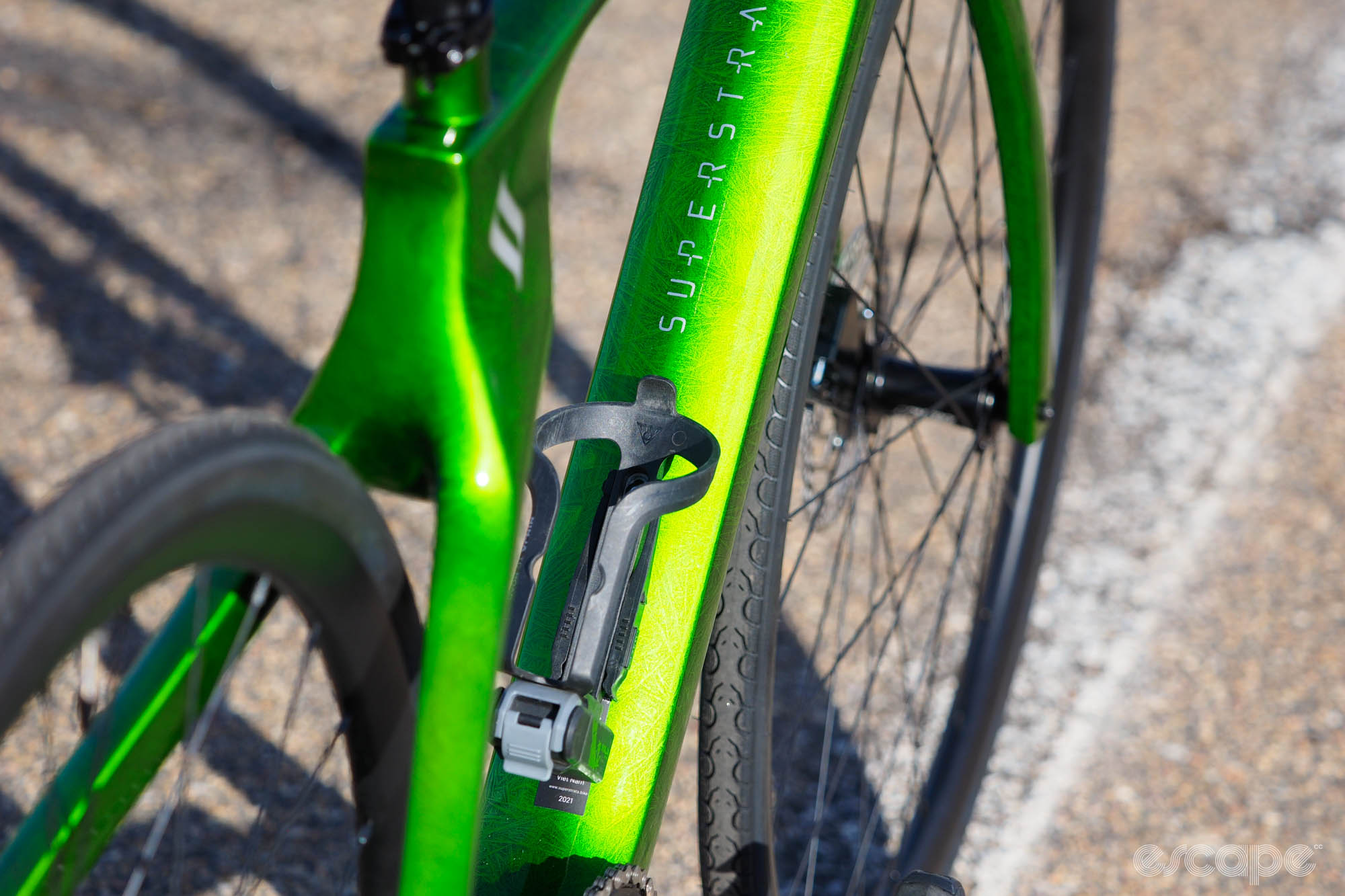
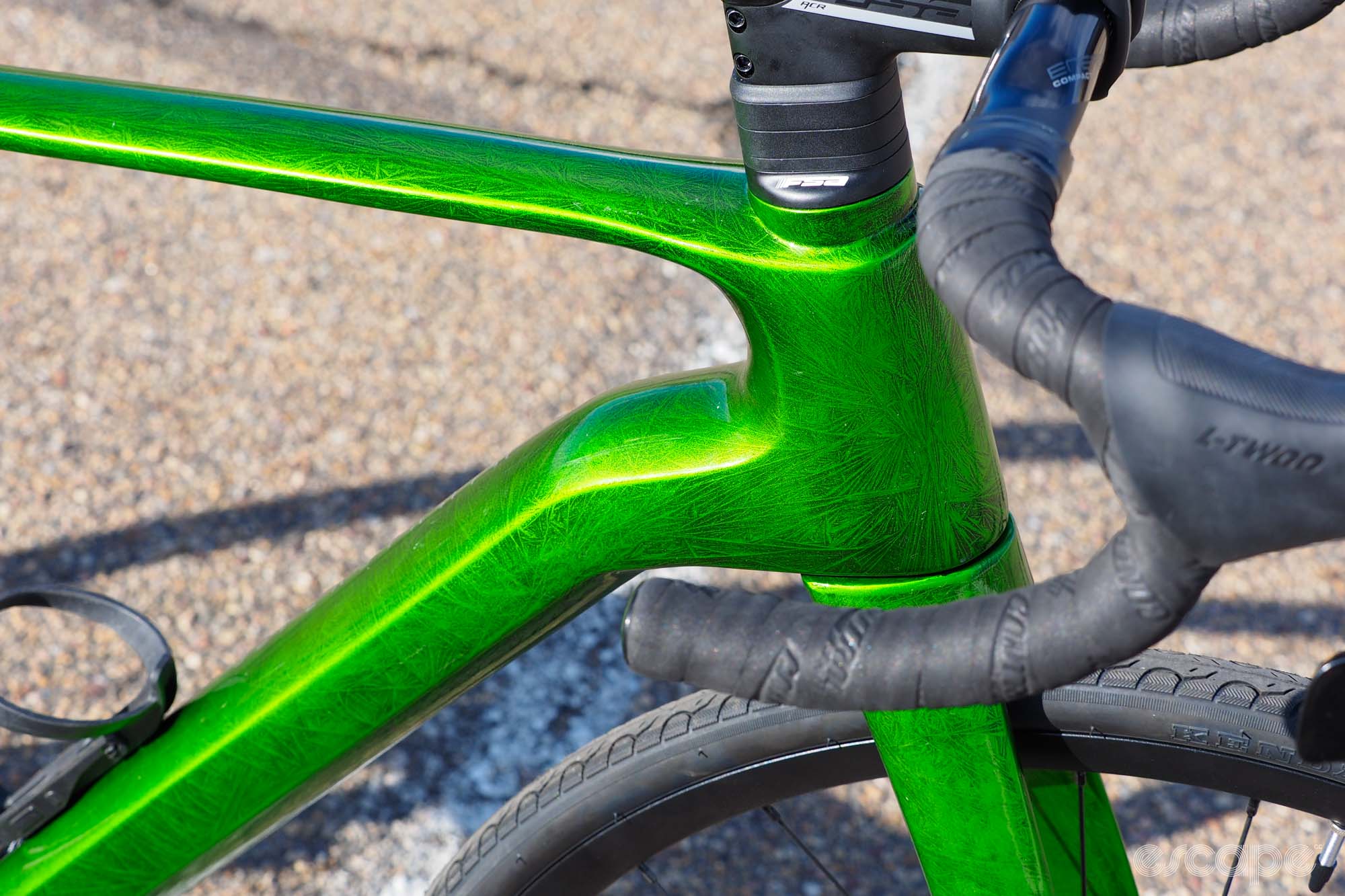

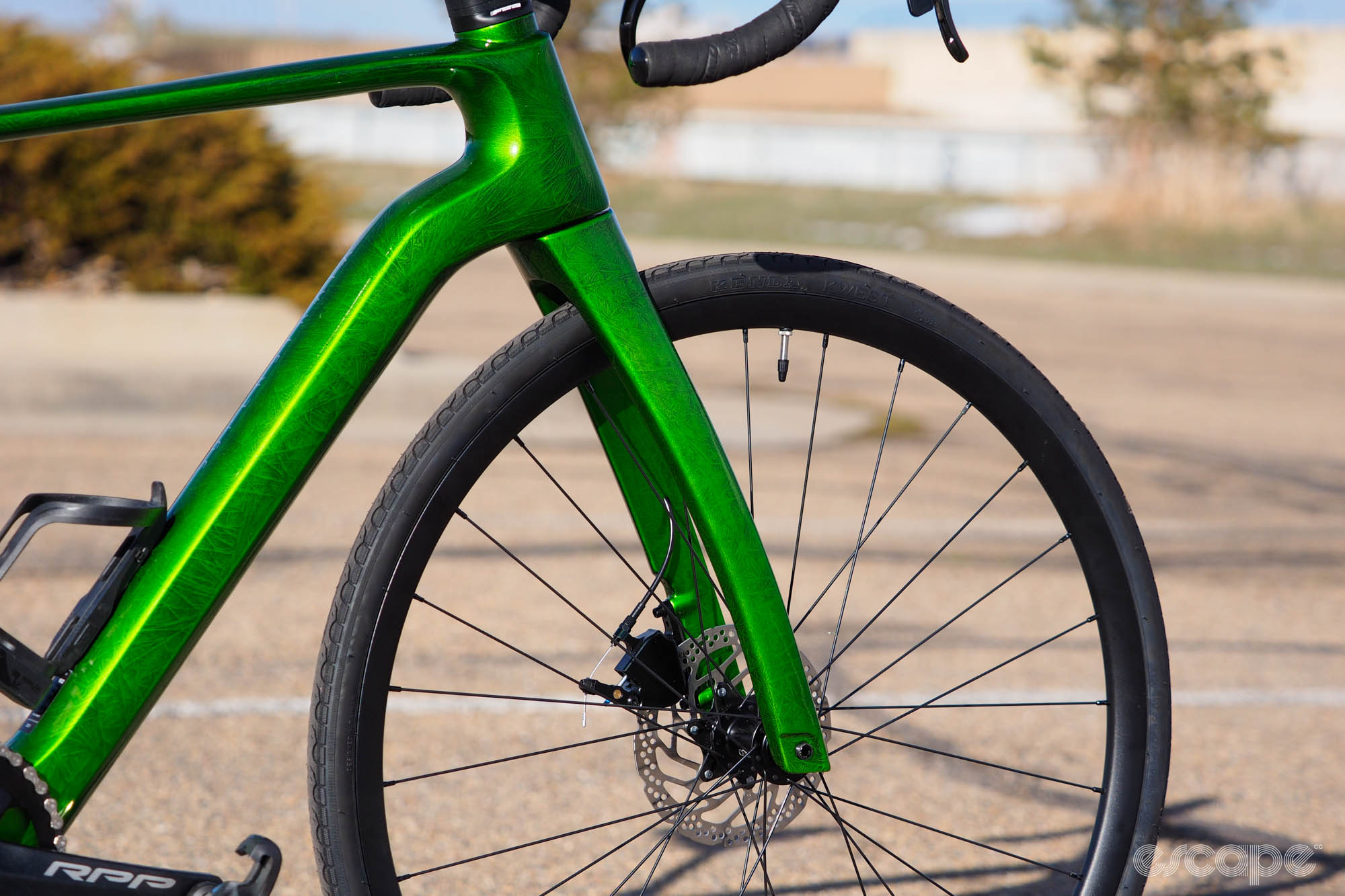

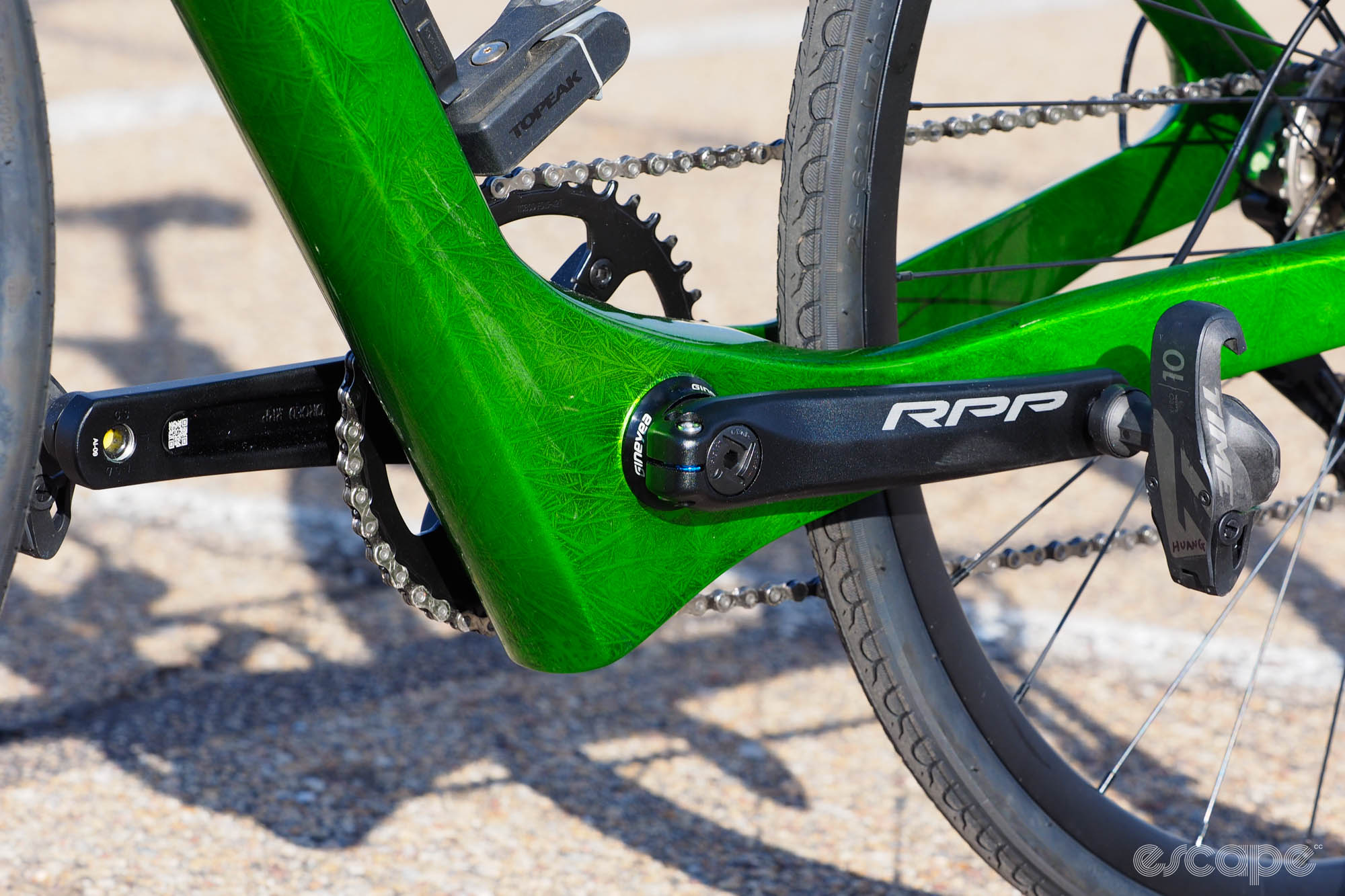
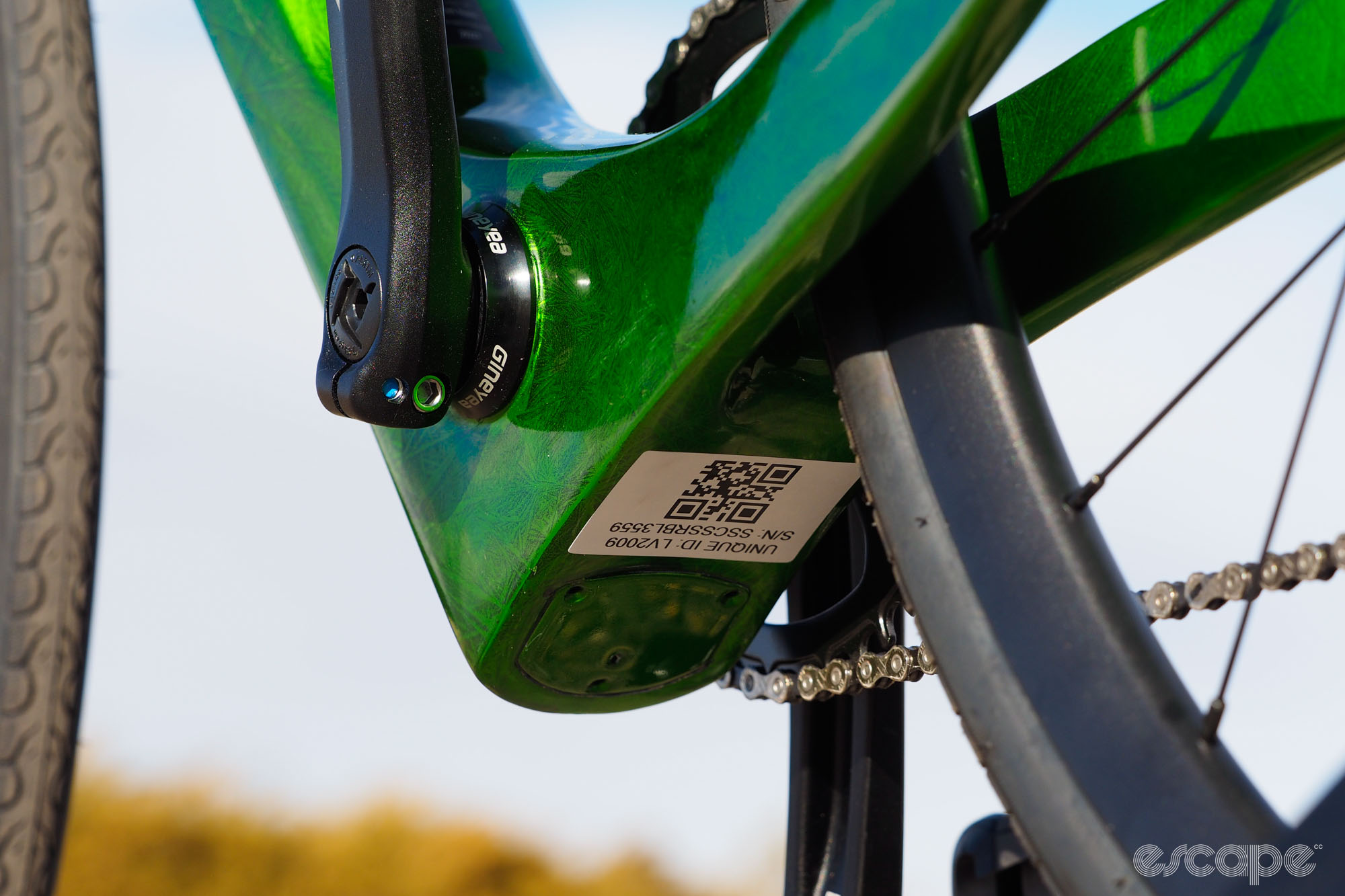
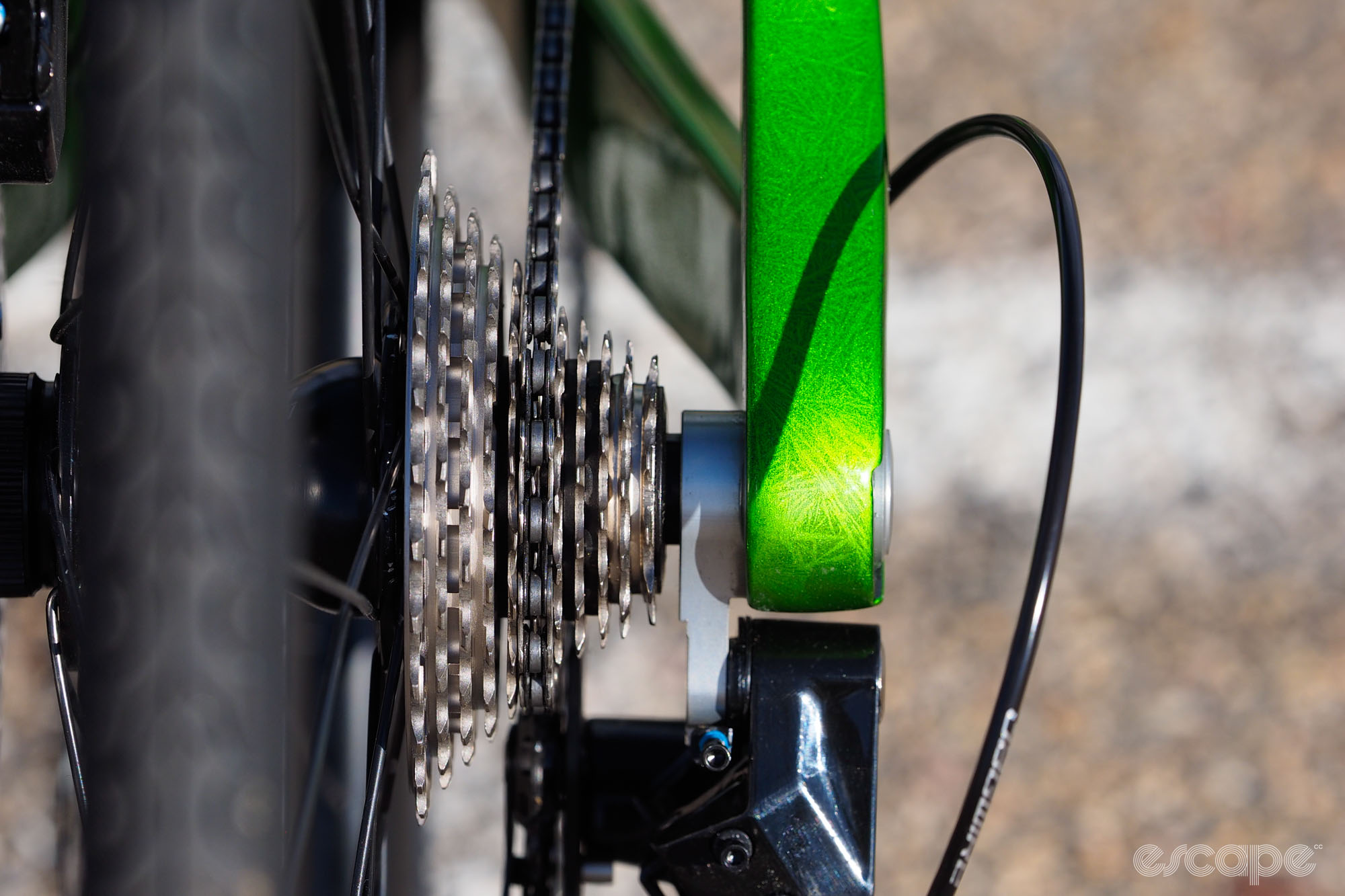


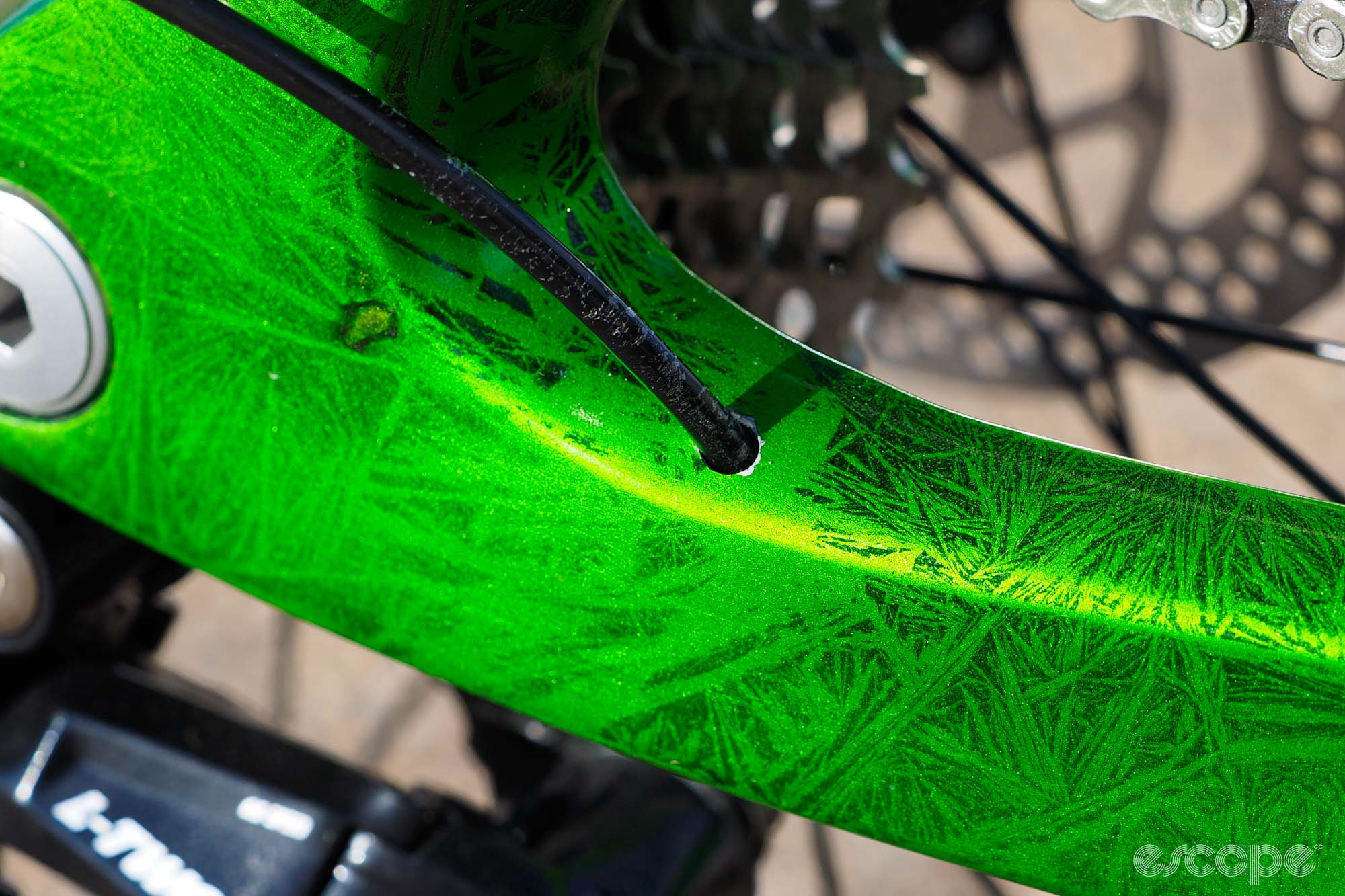
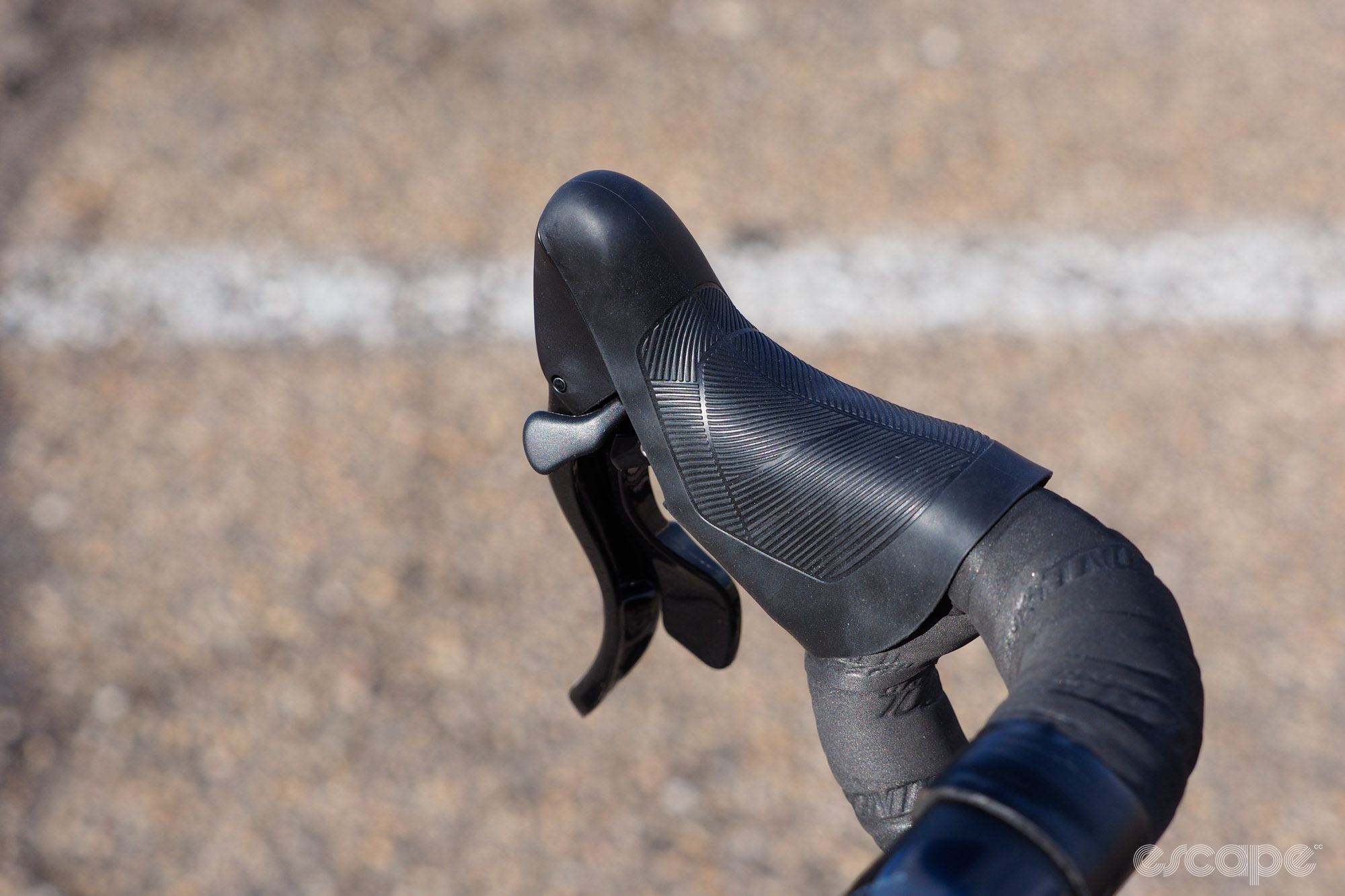
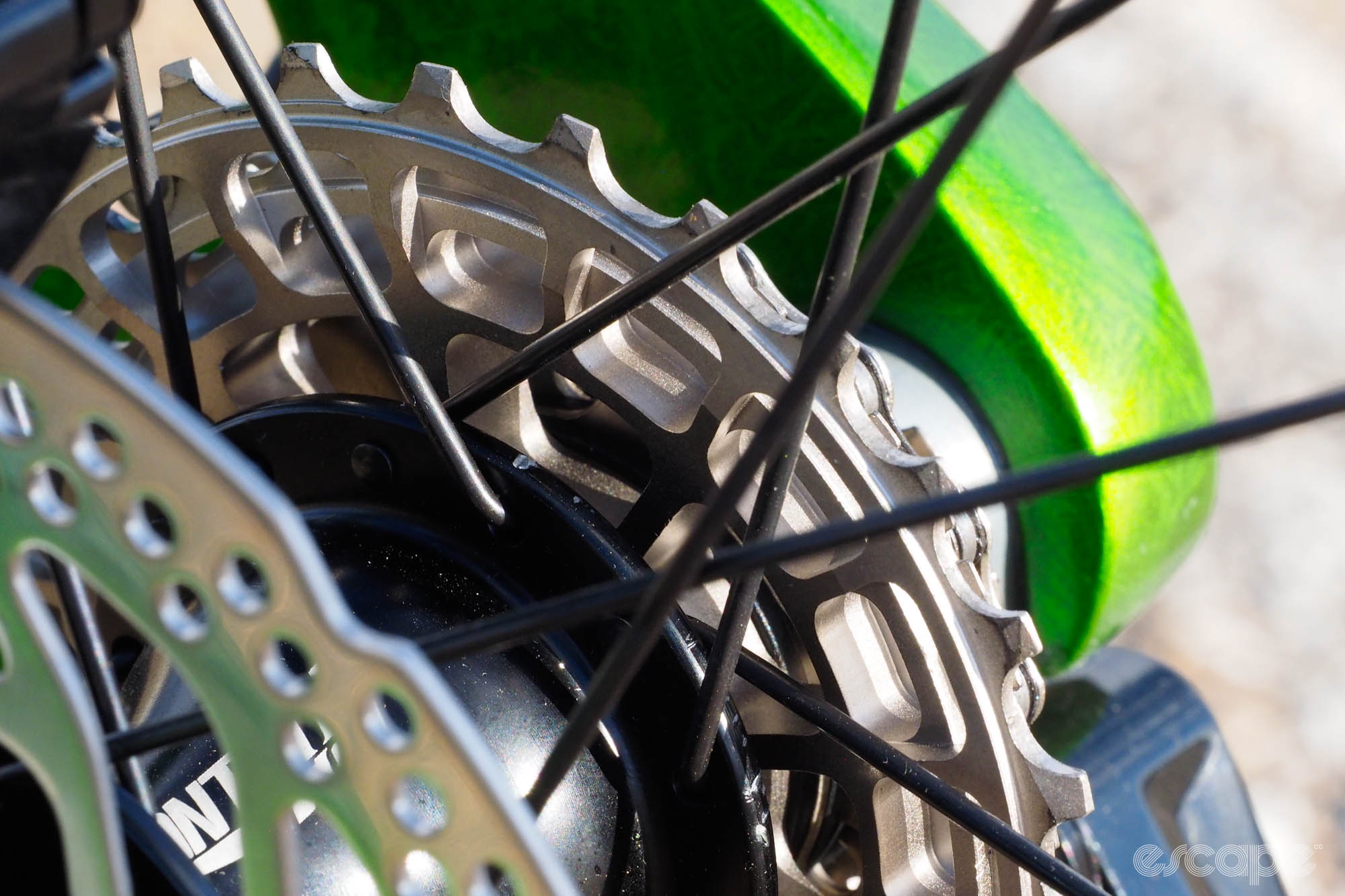

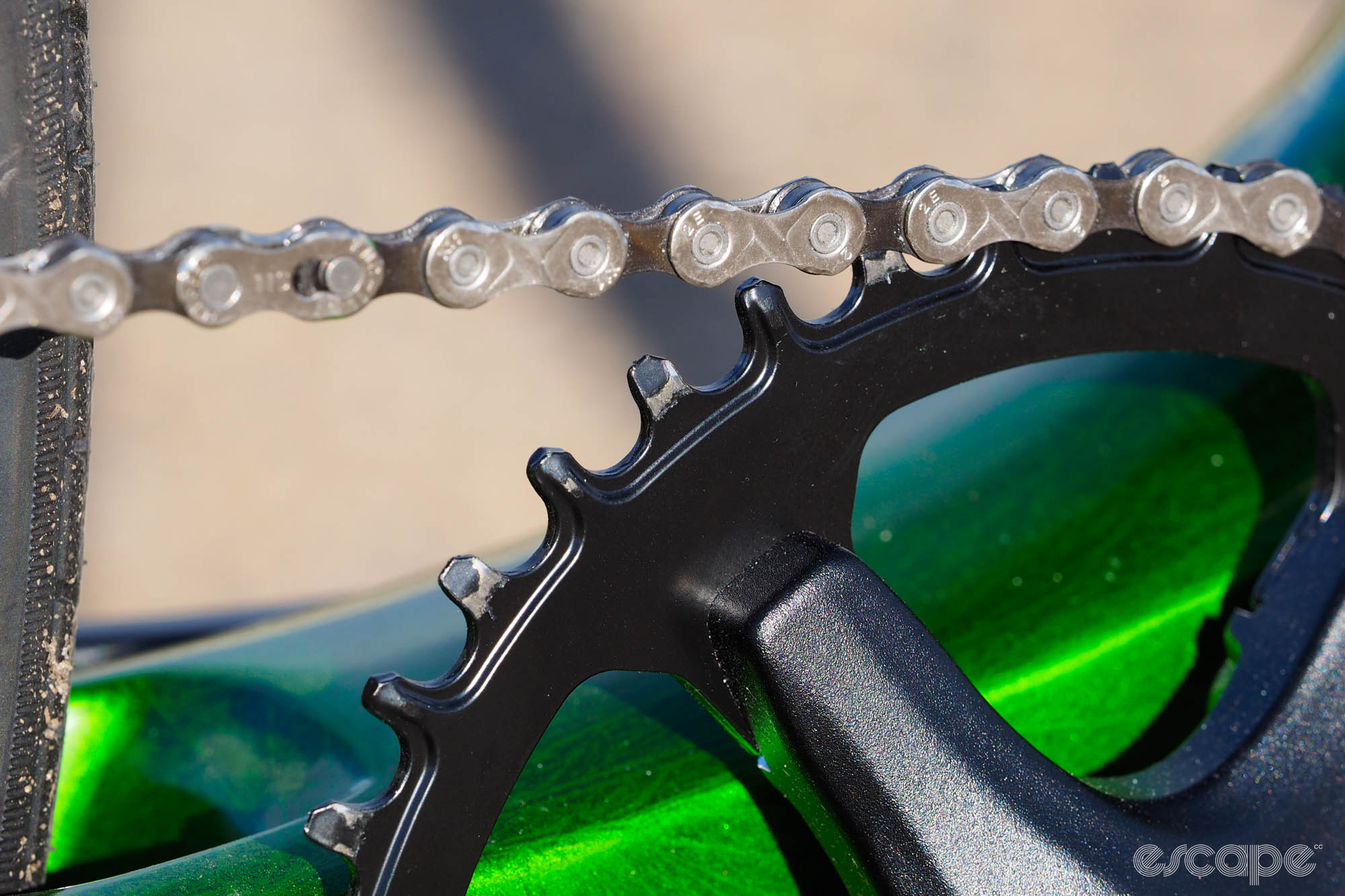
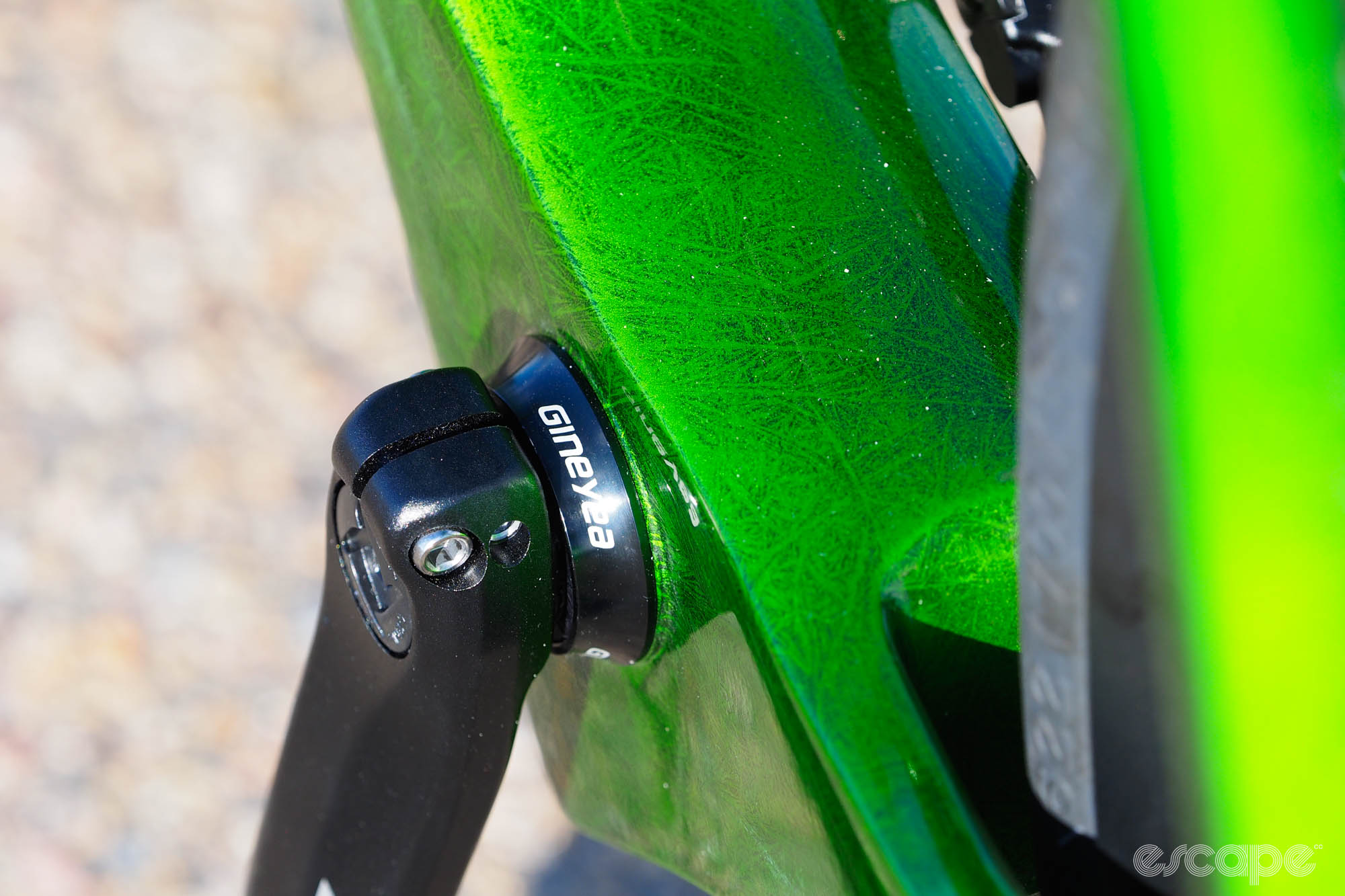
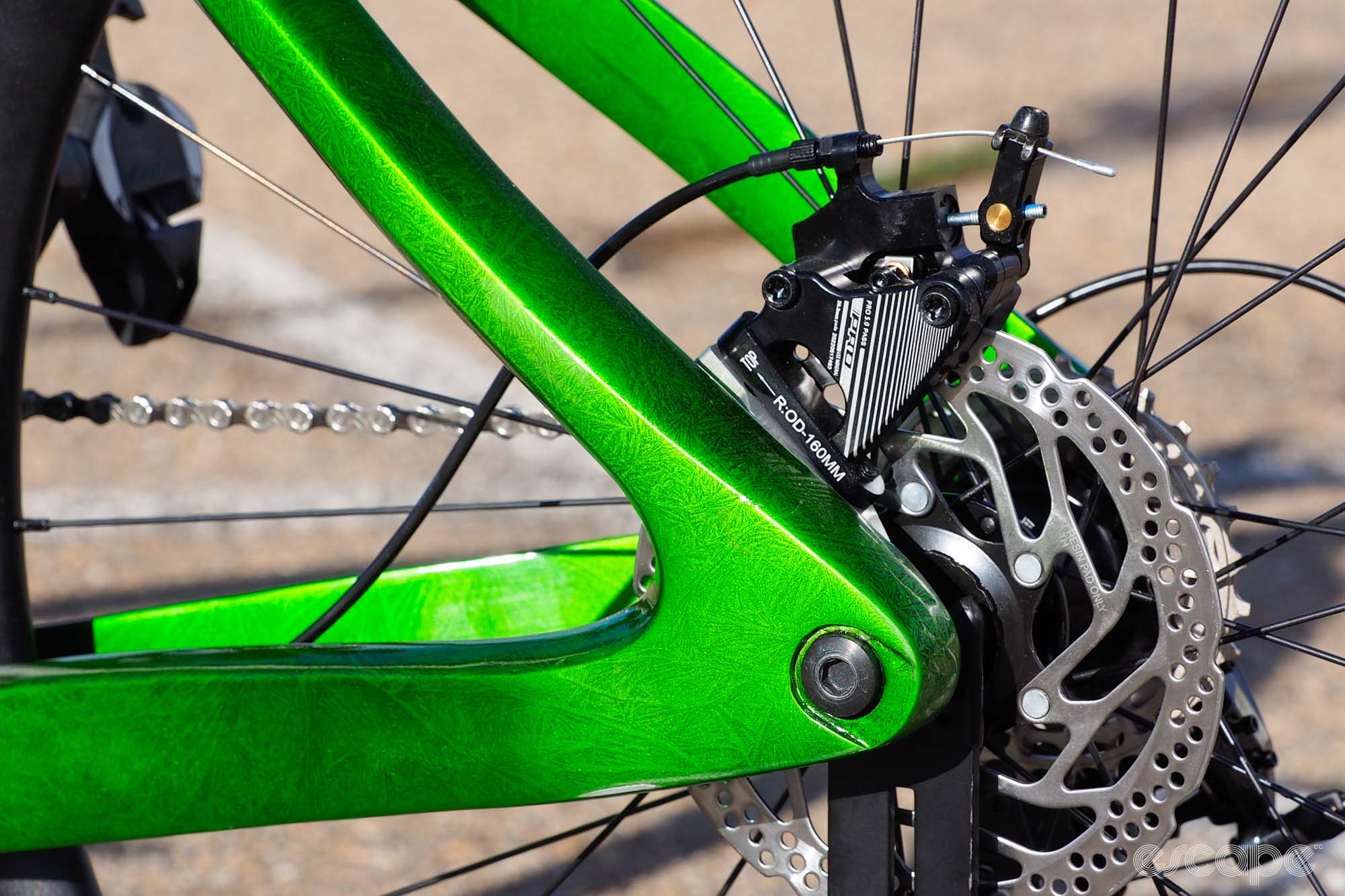

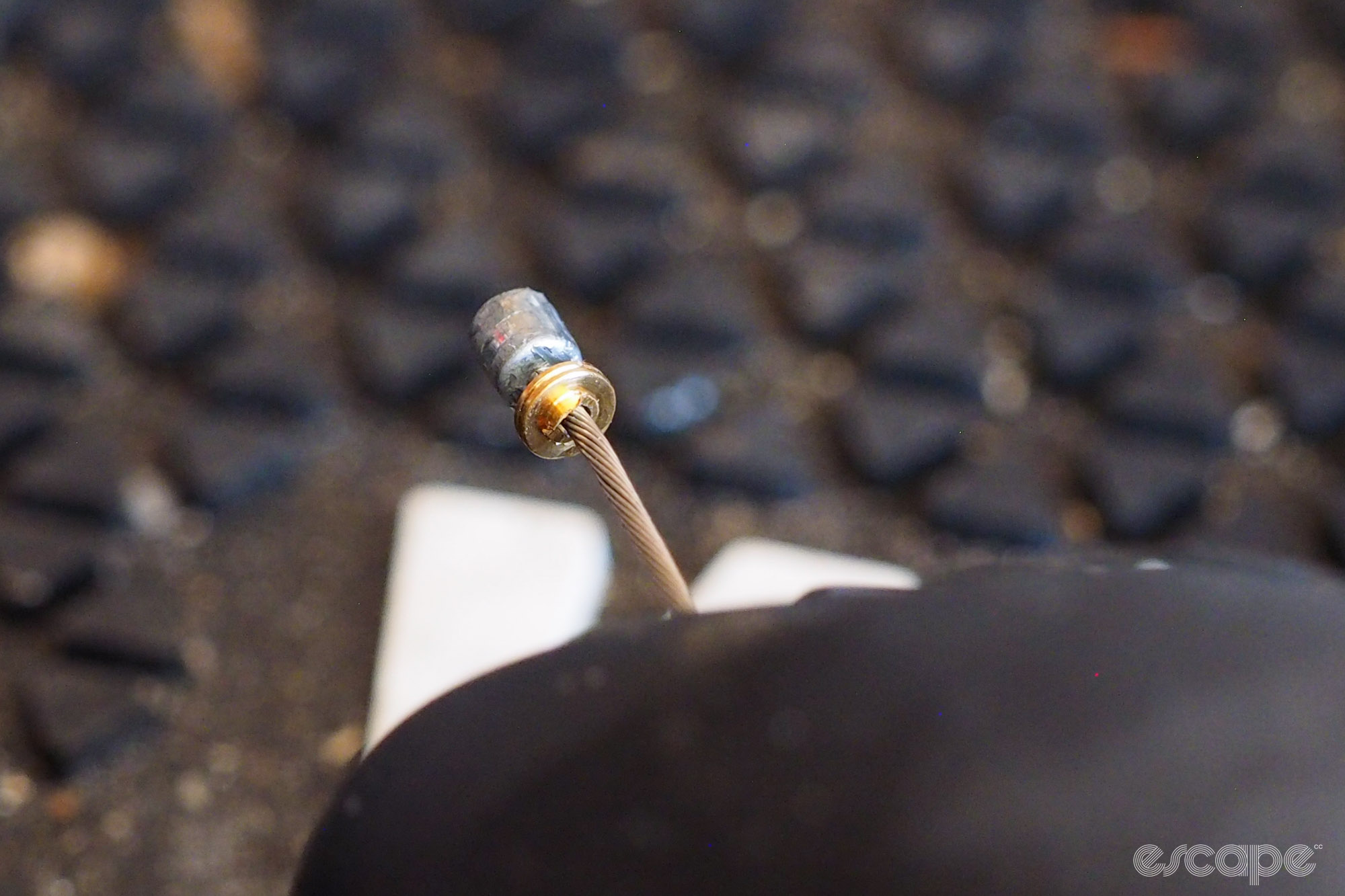
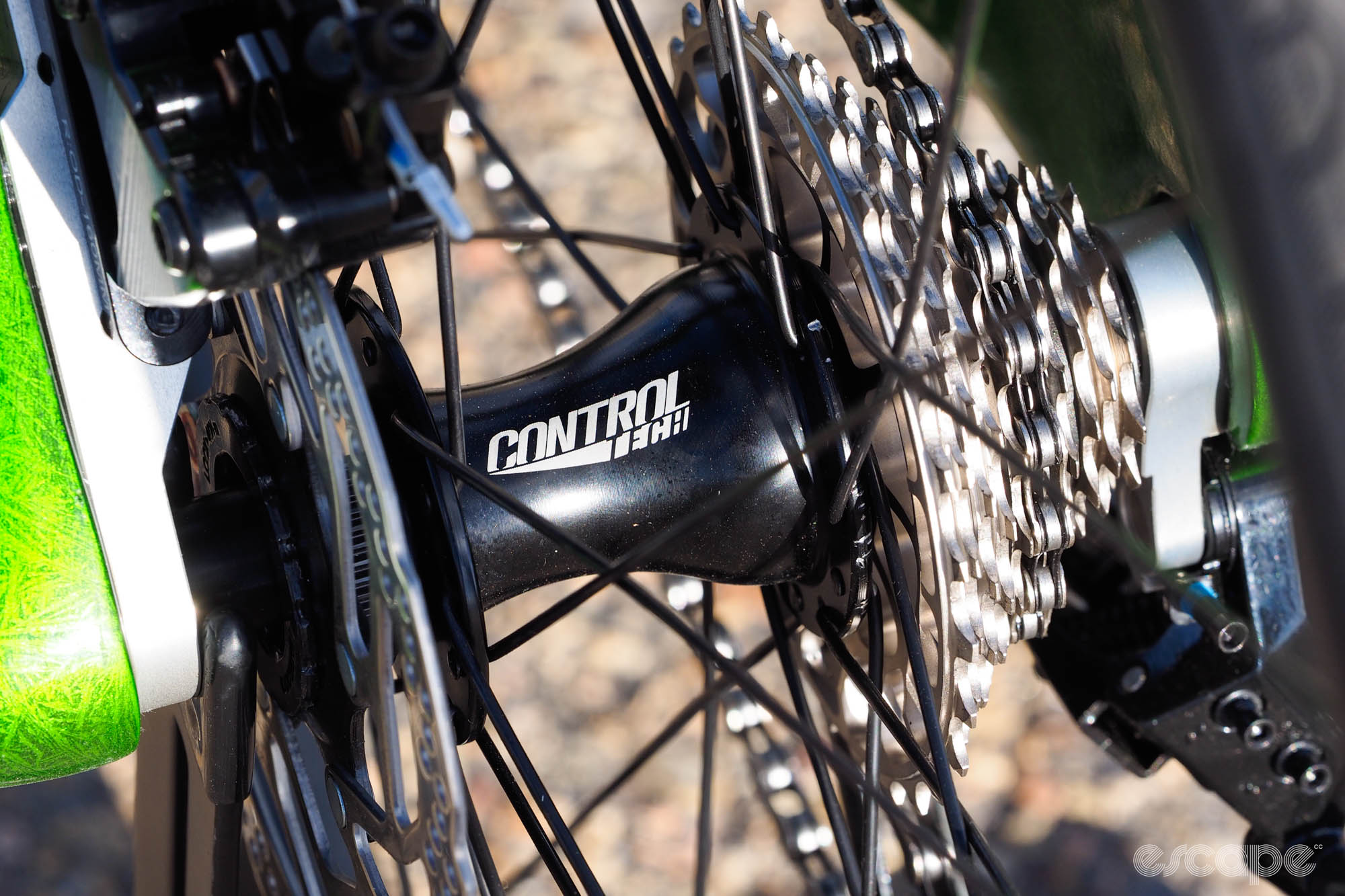

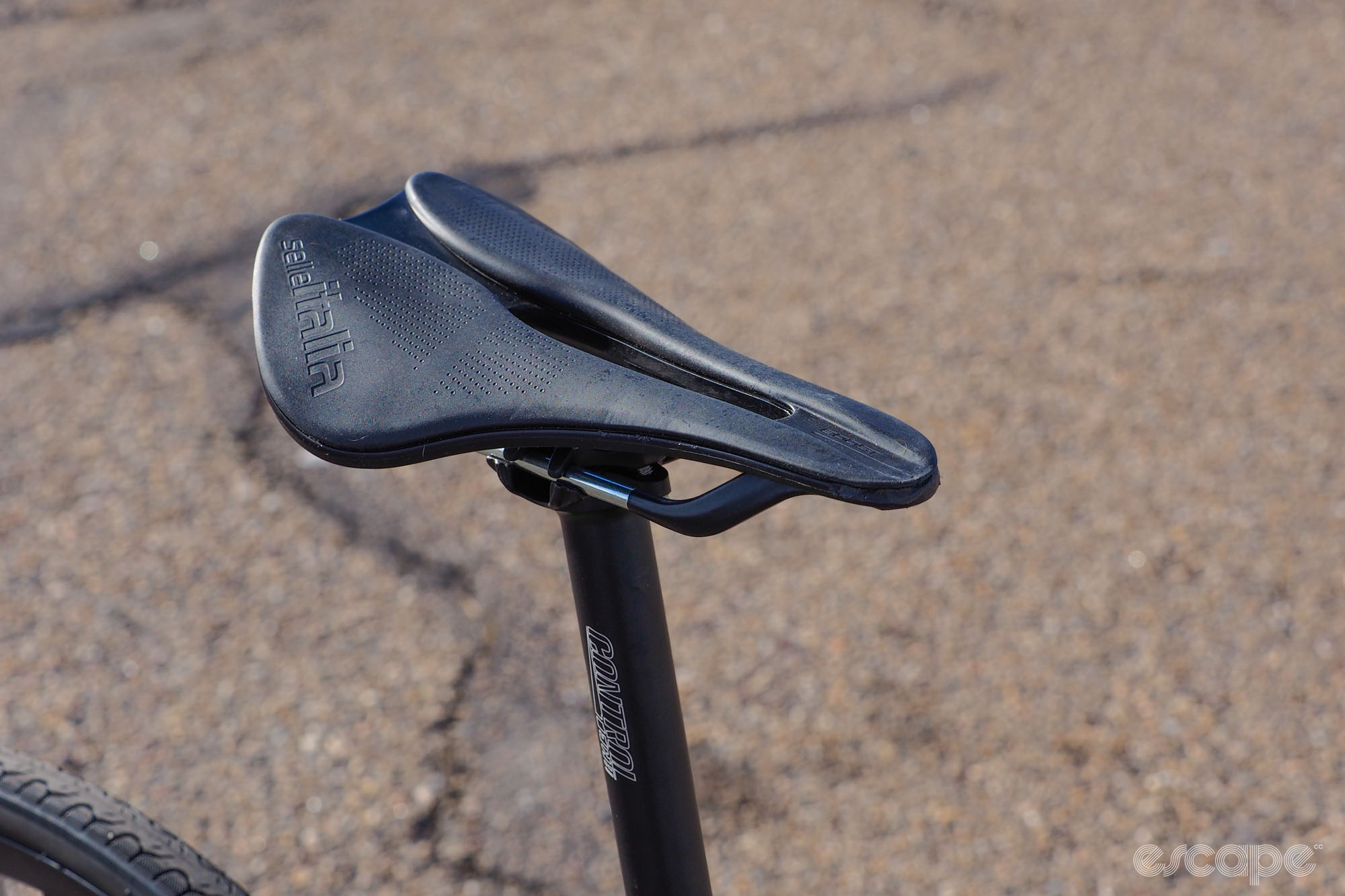
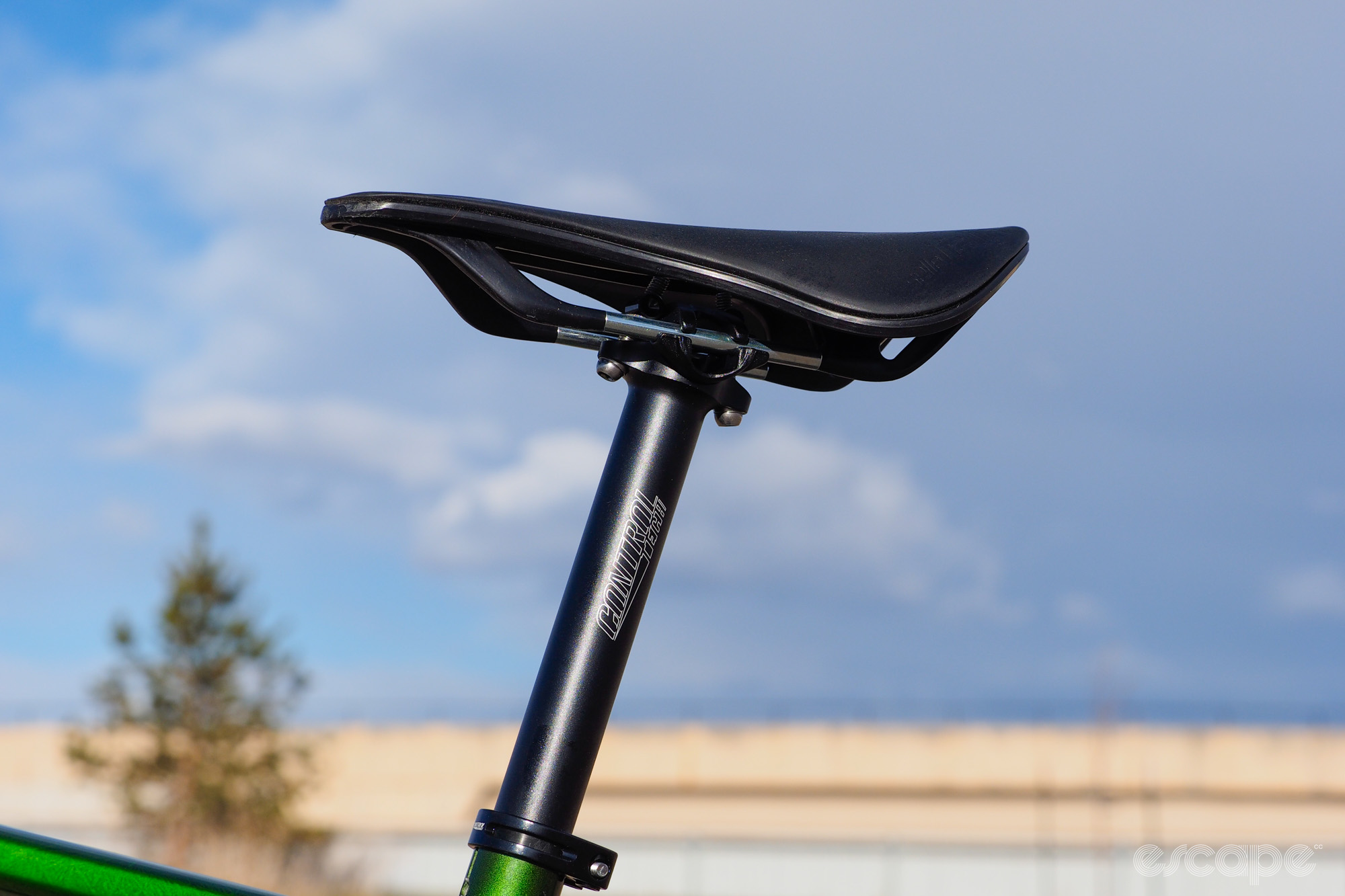

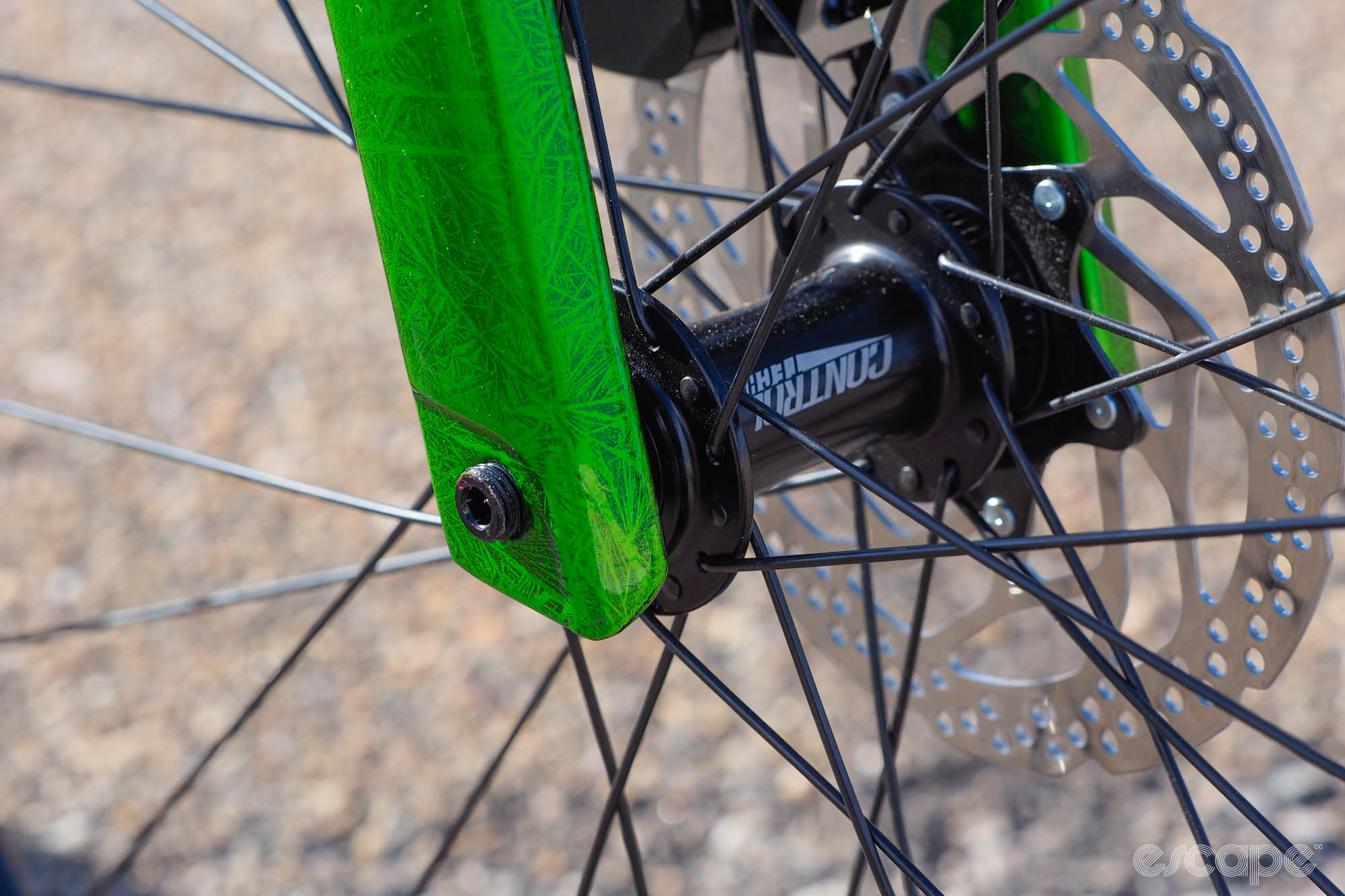
What did you think of this story?

